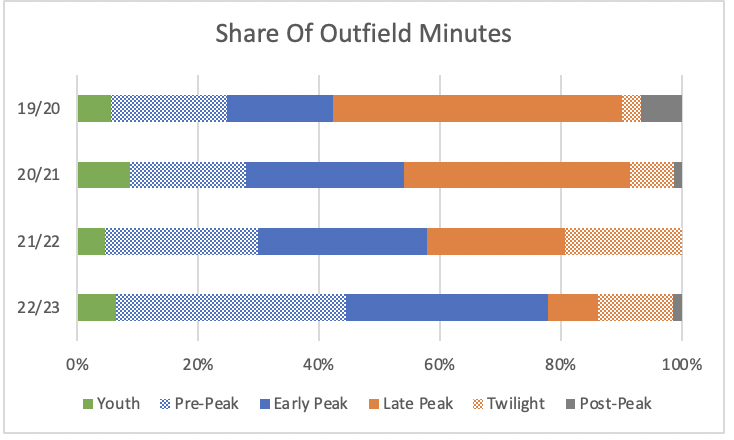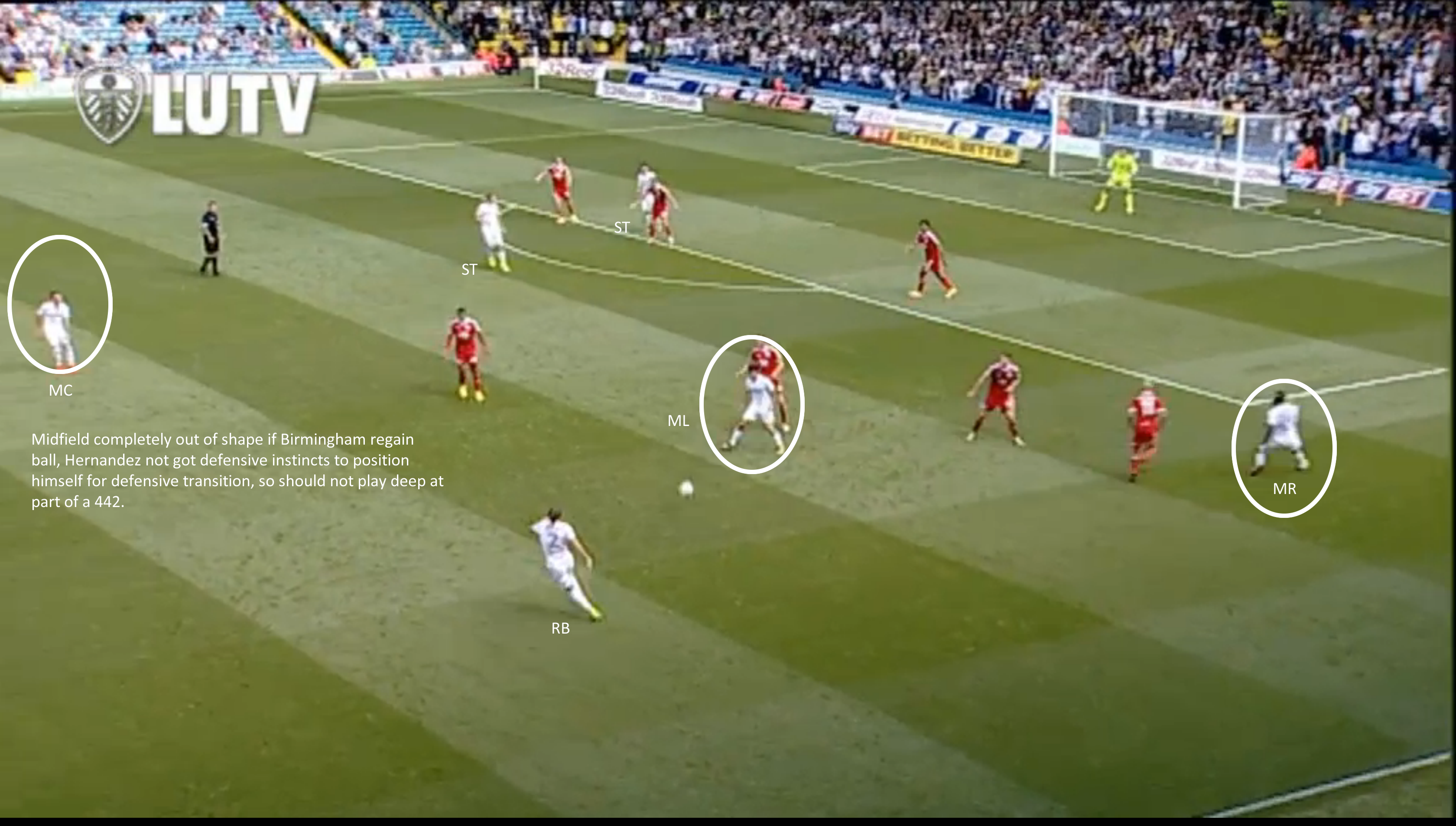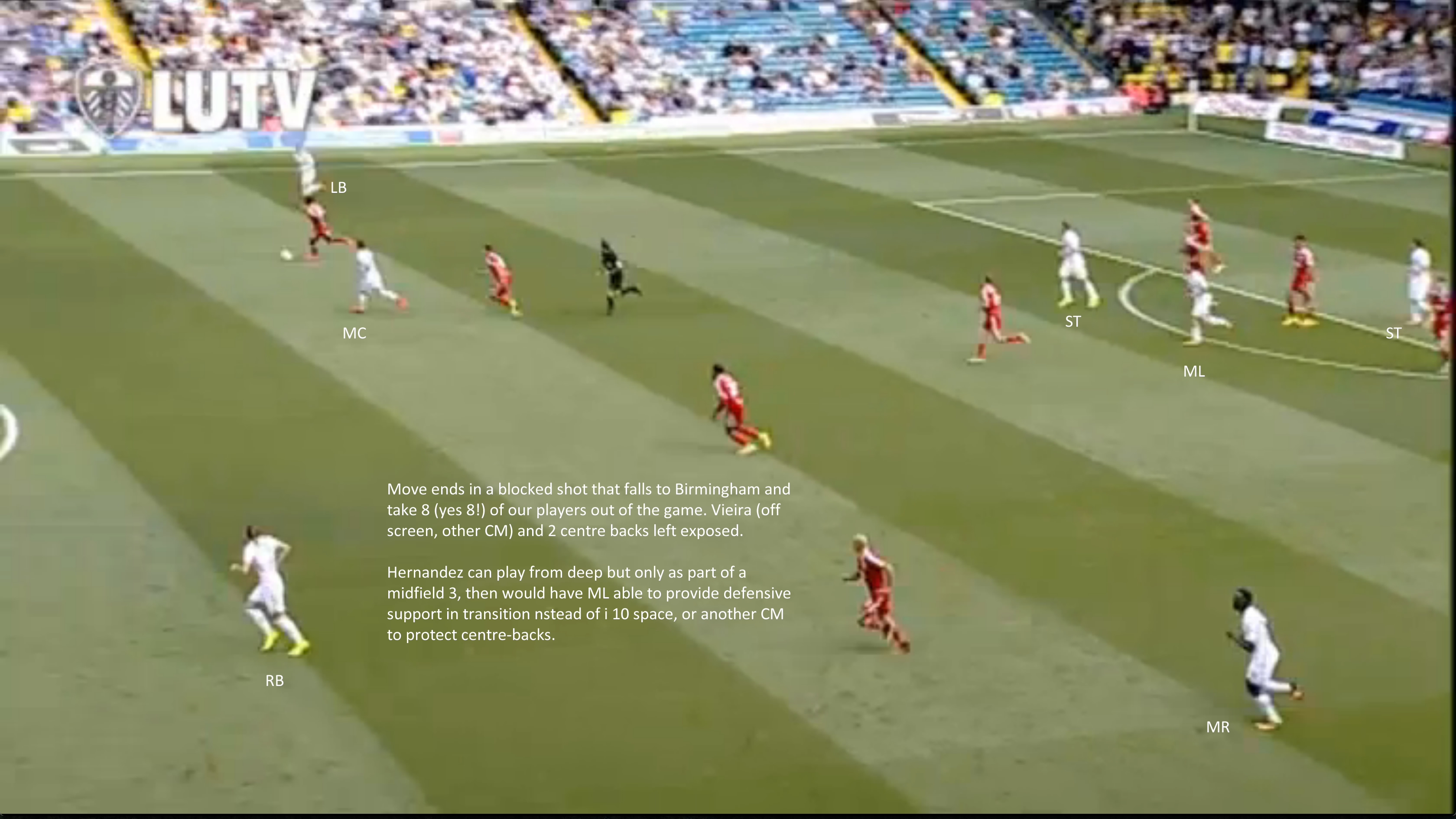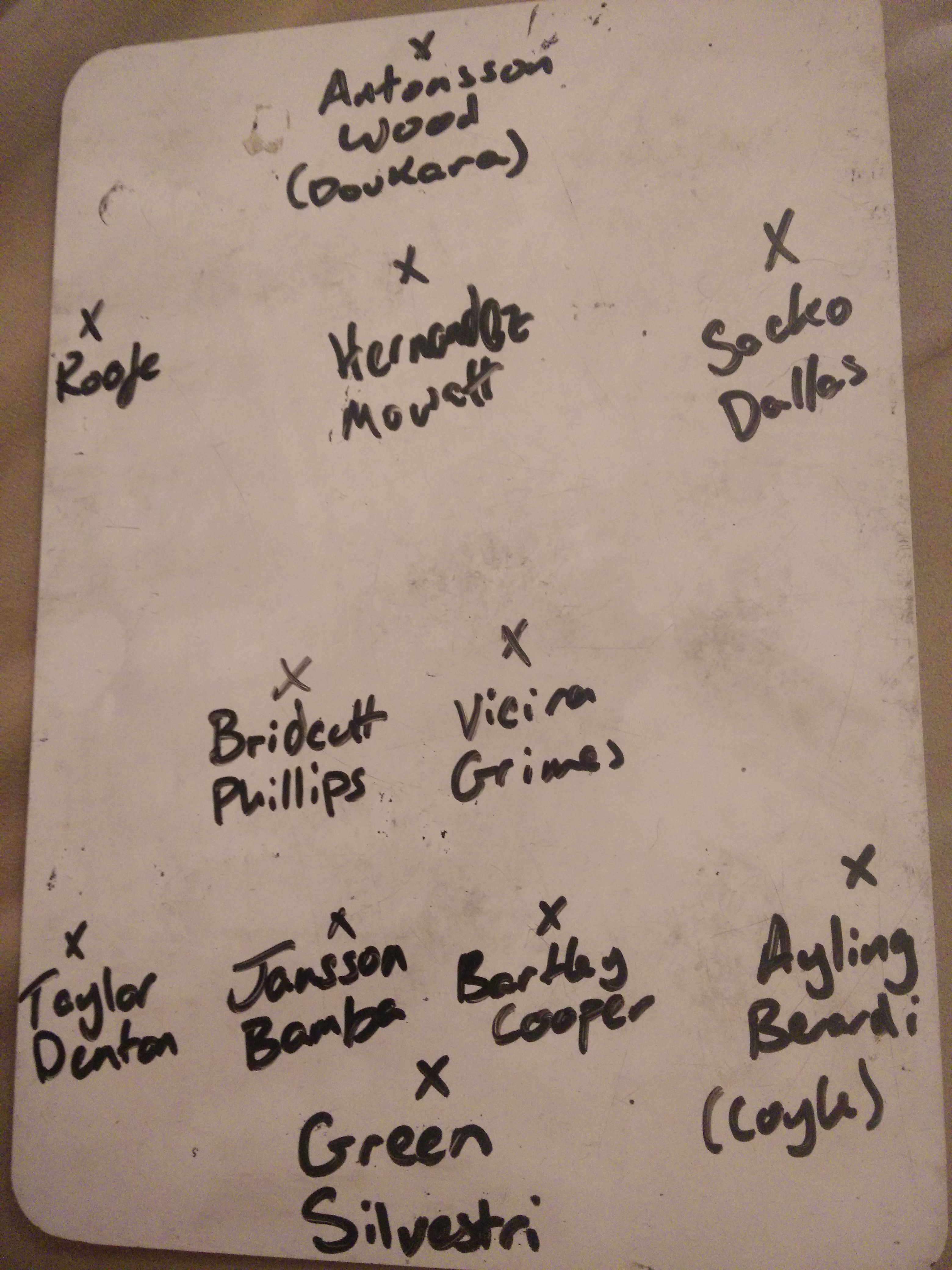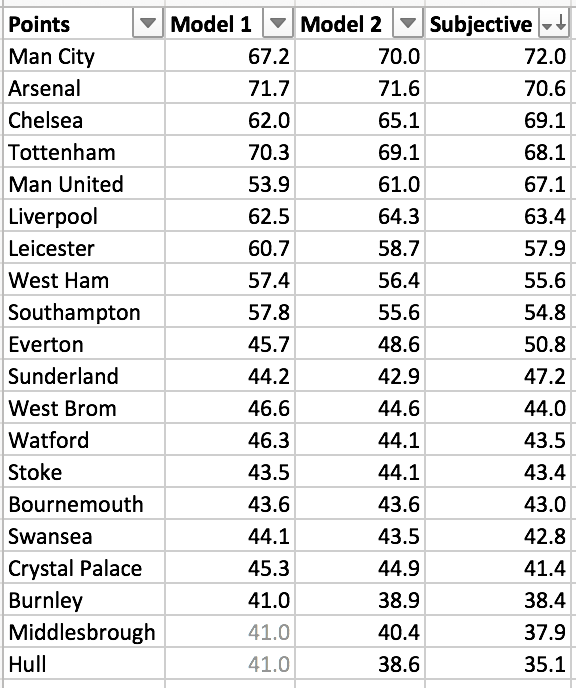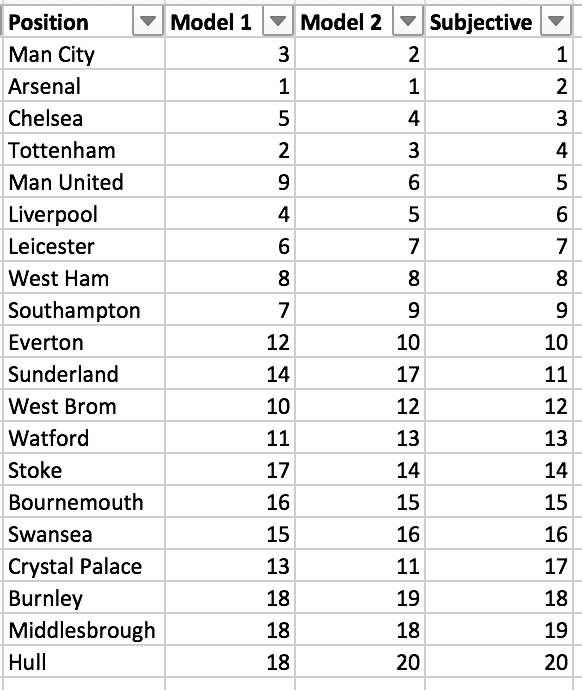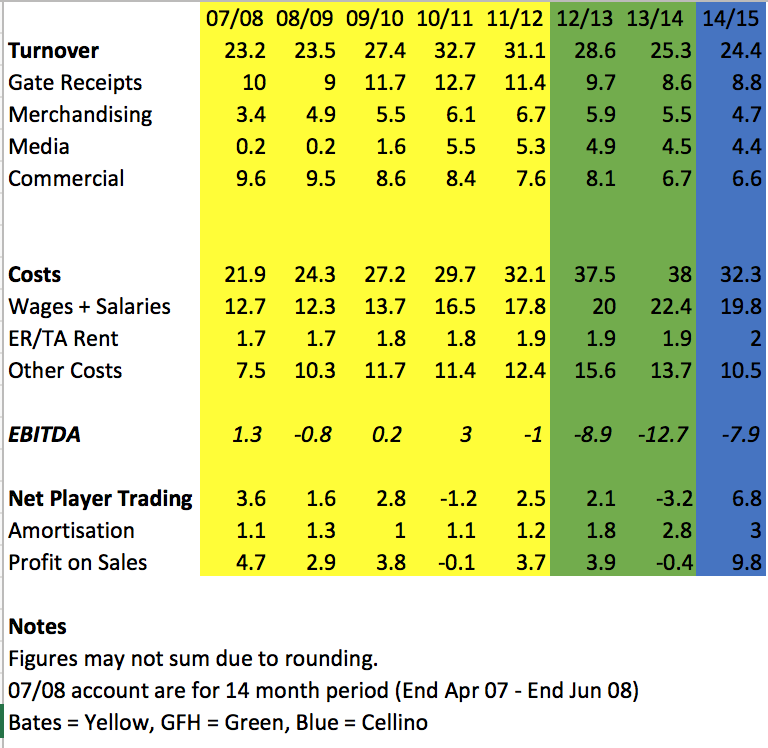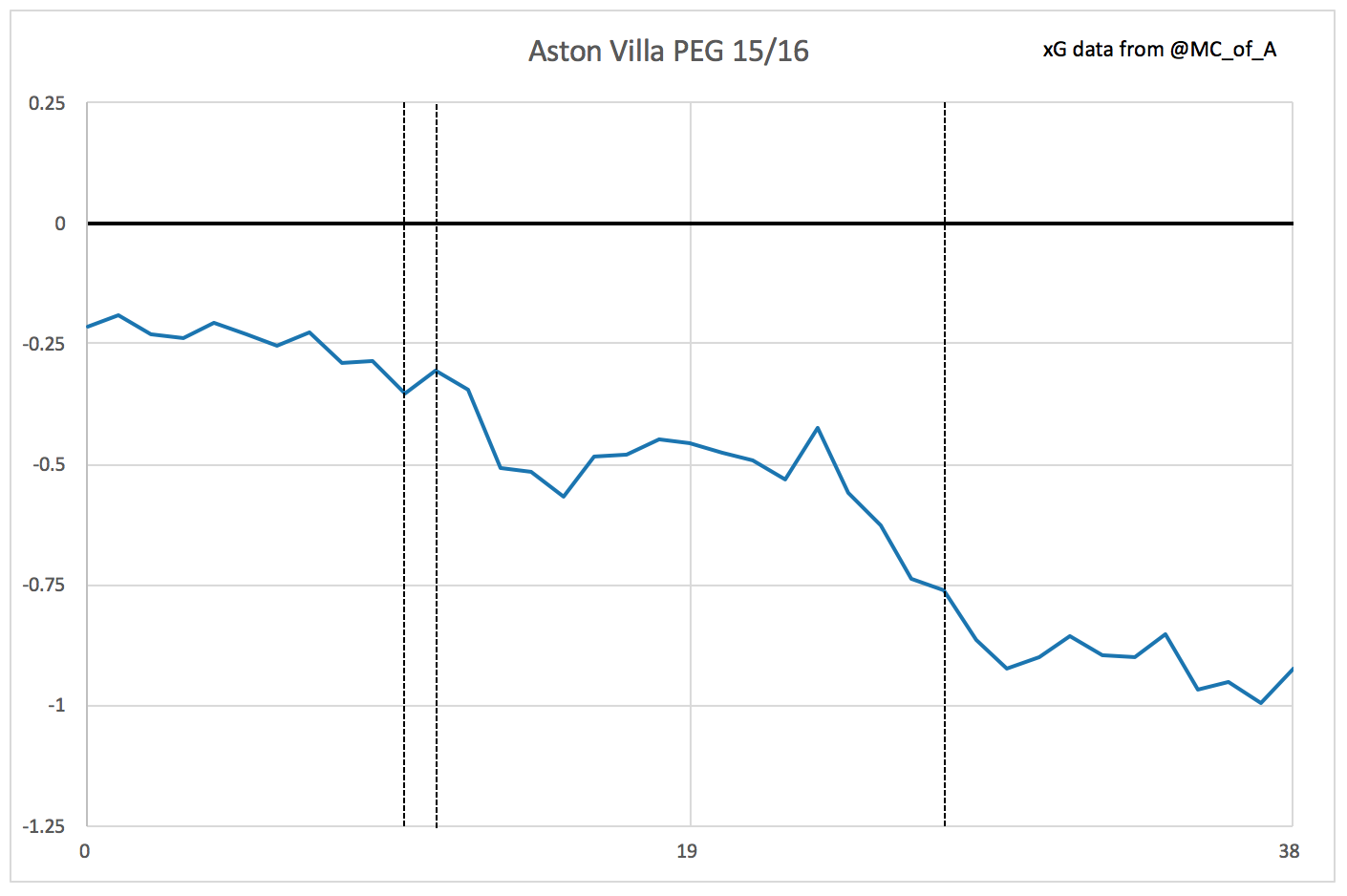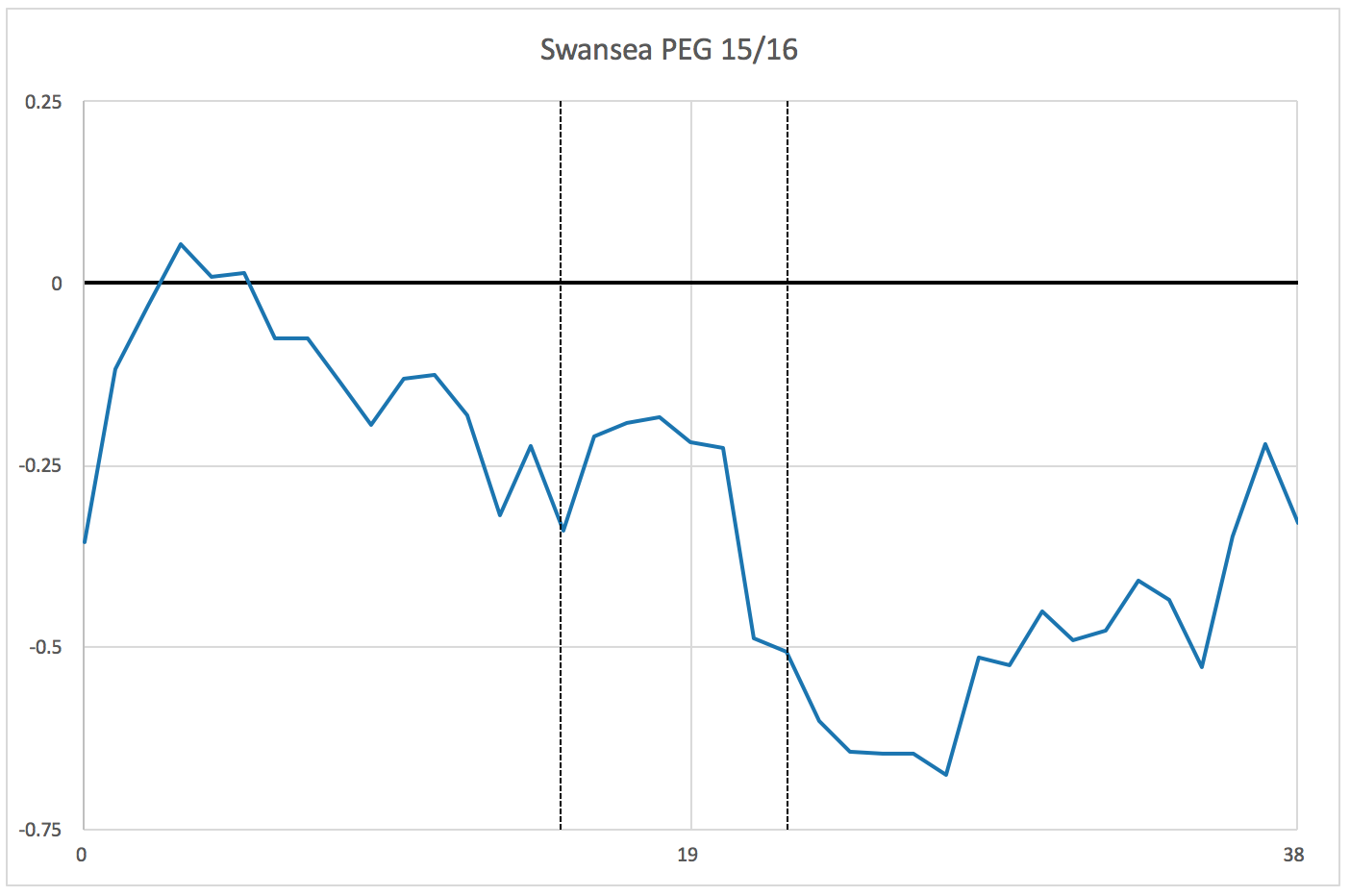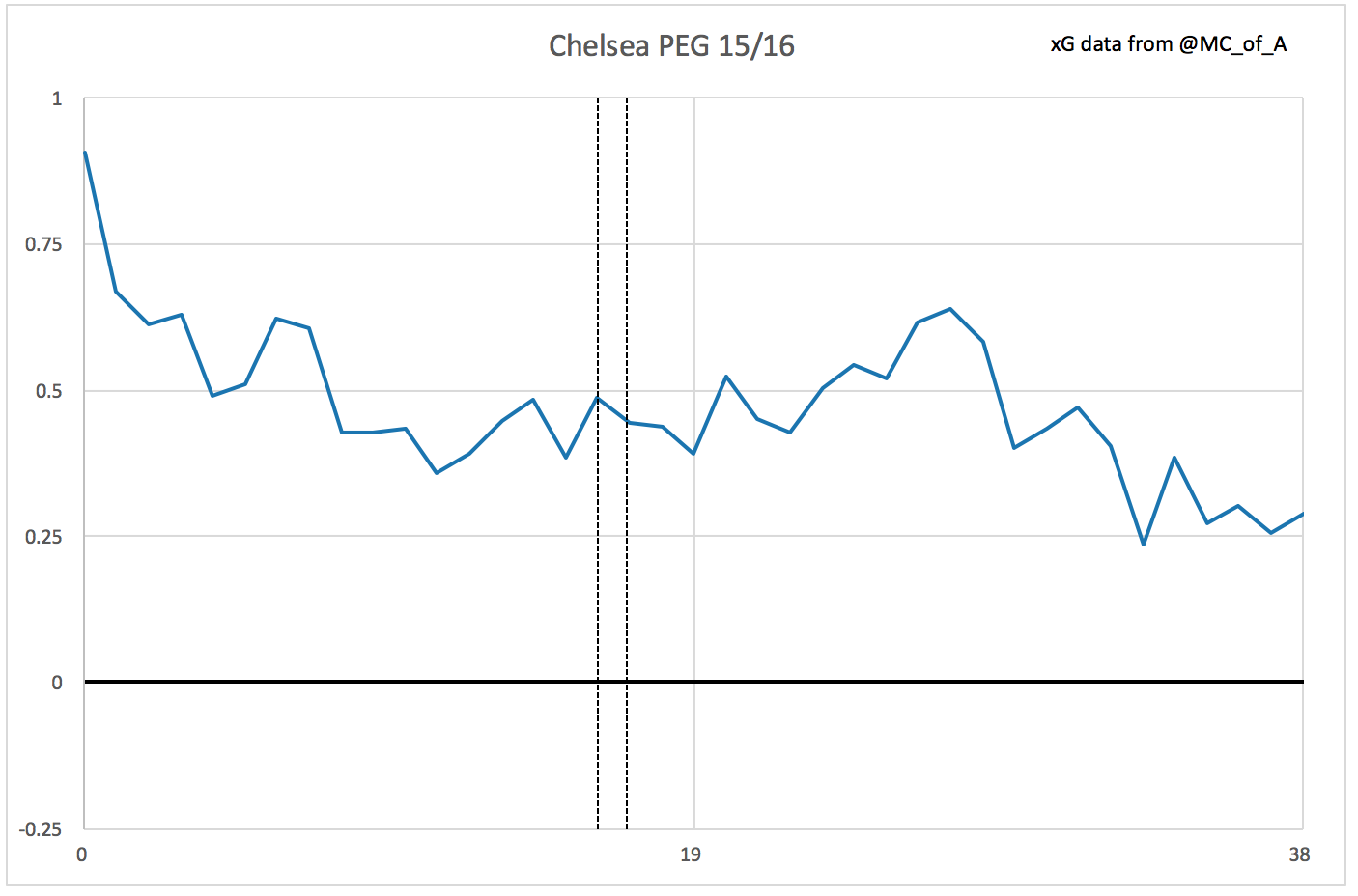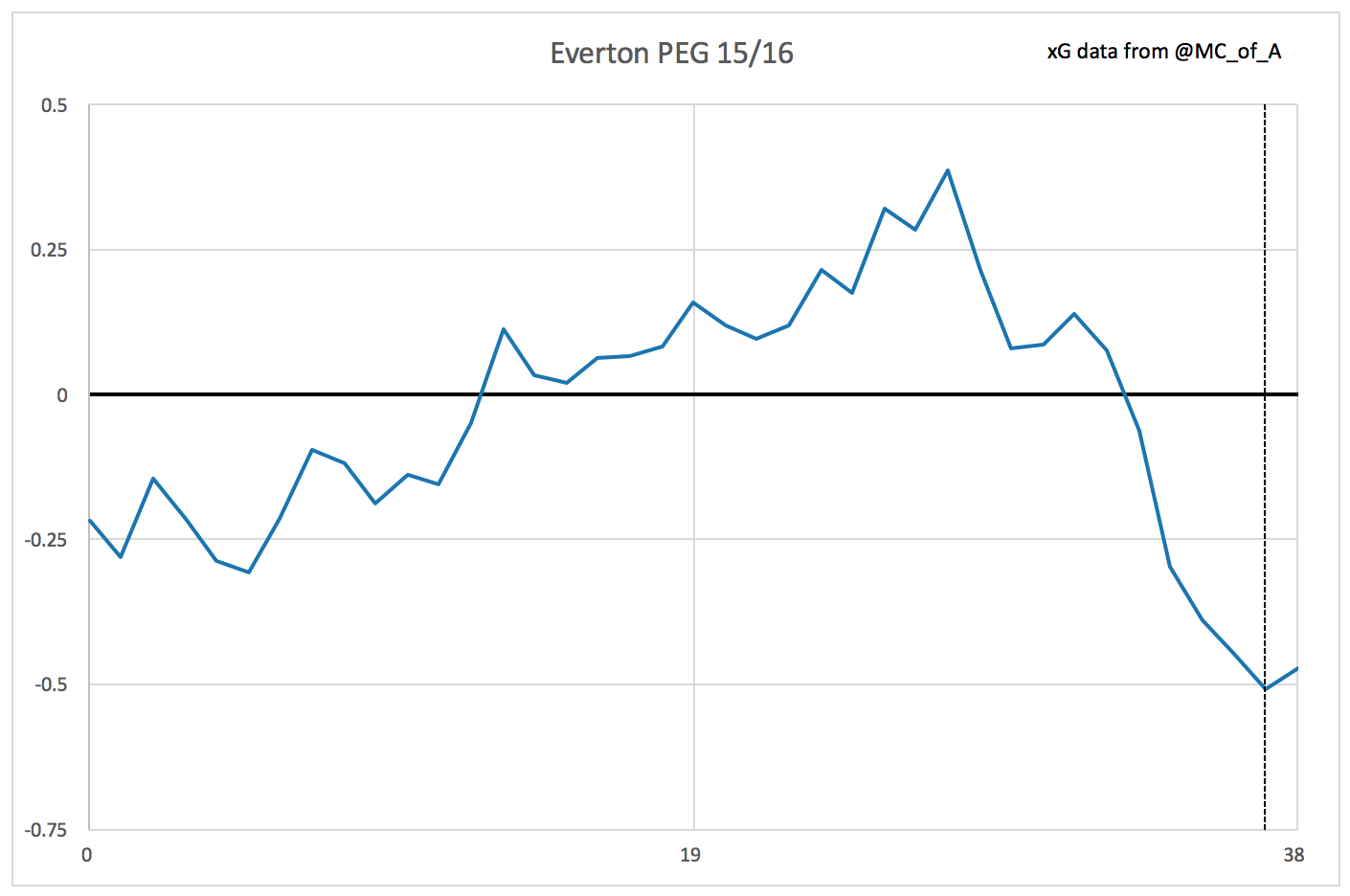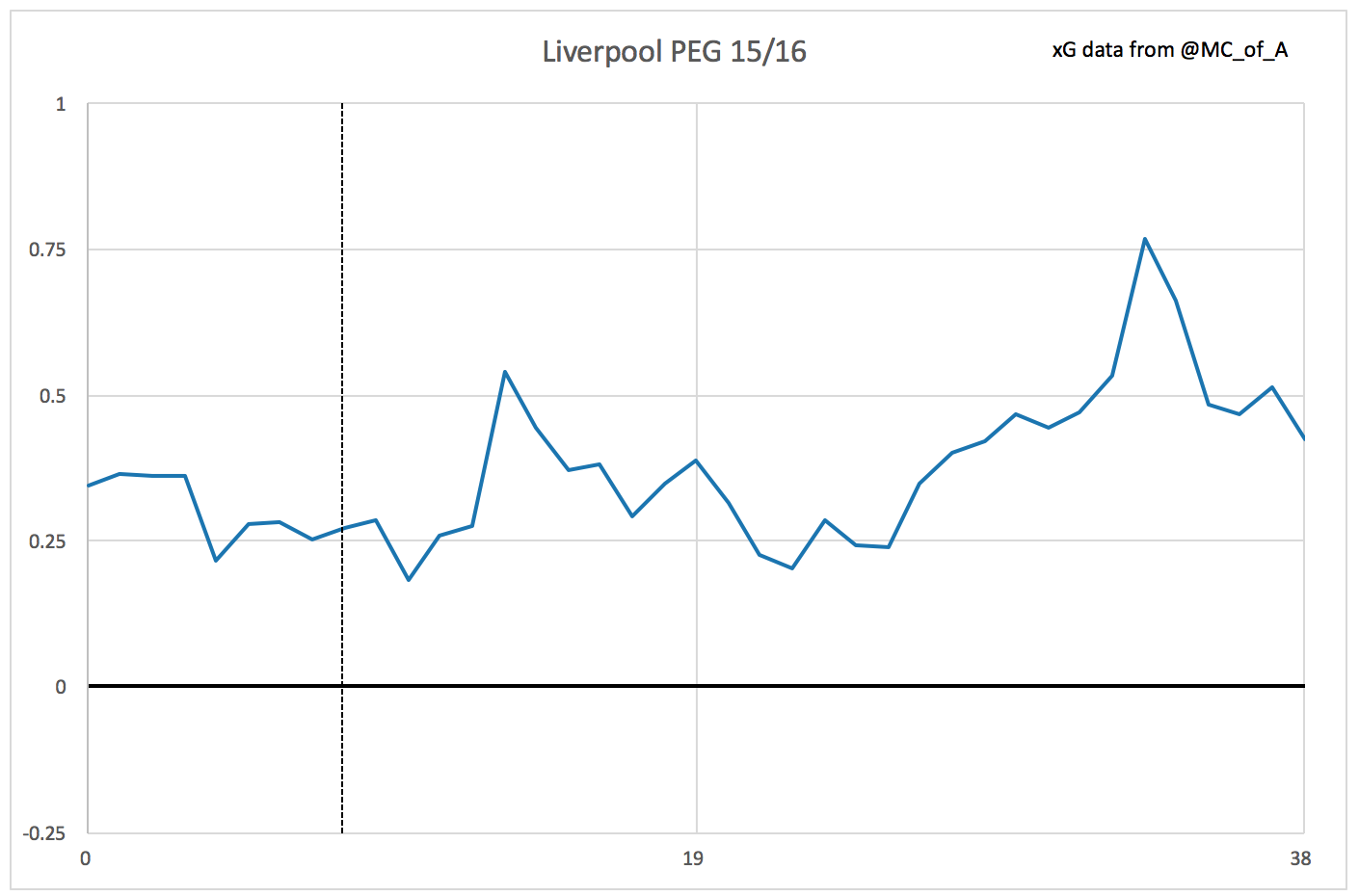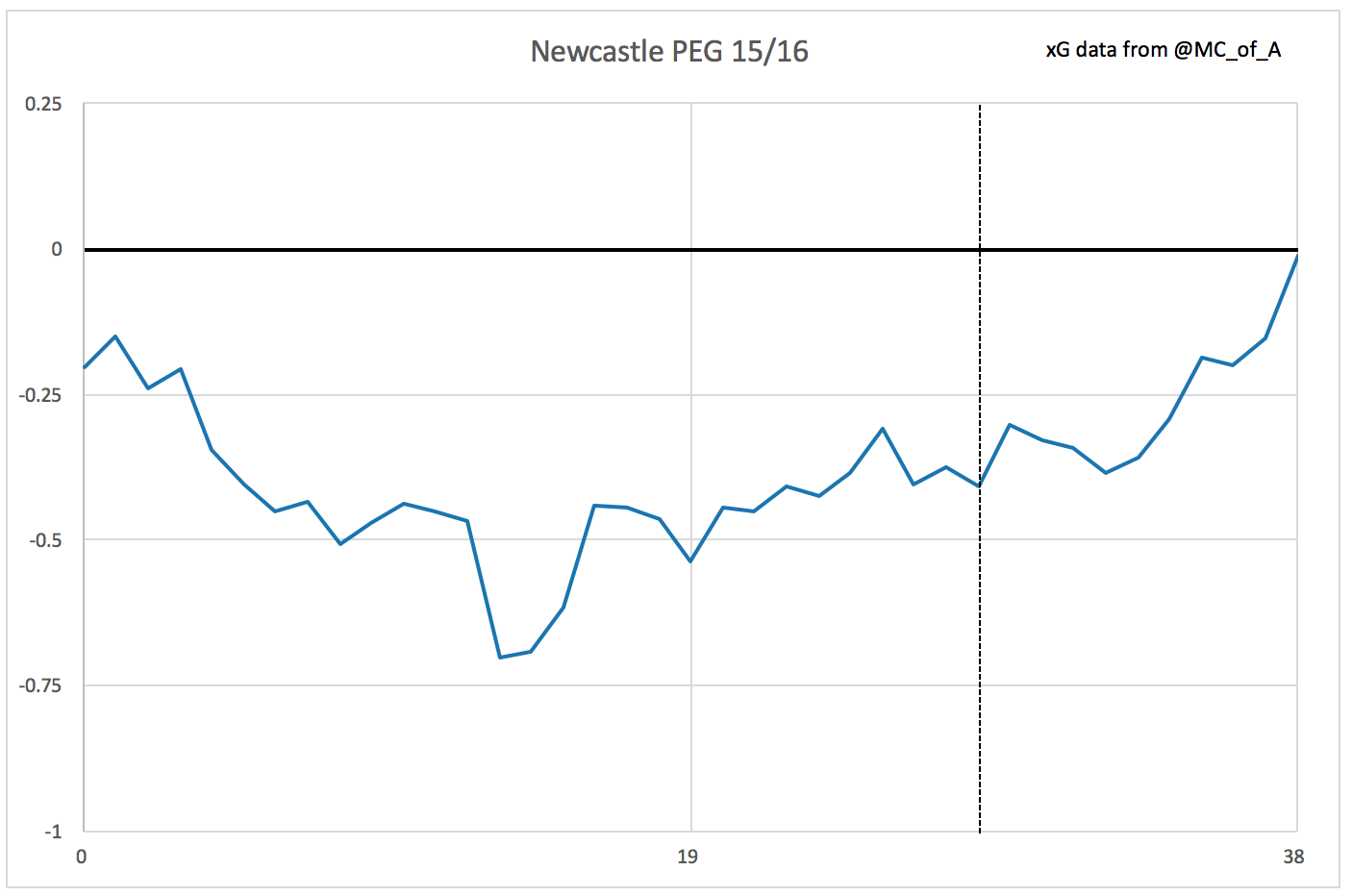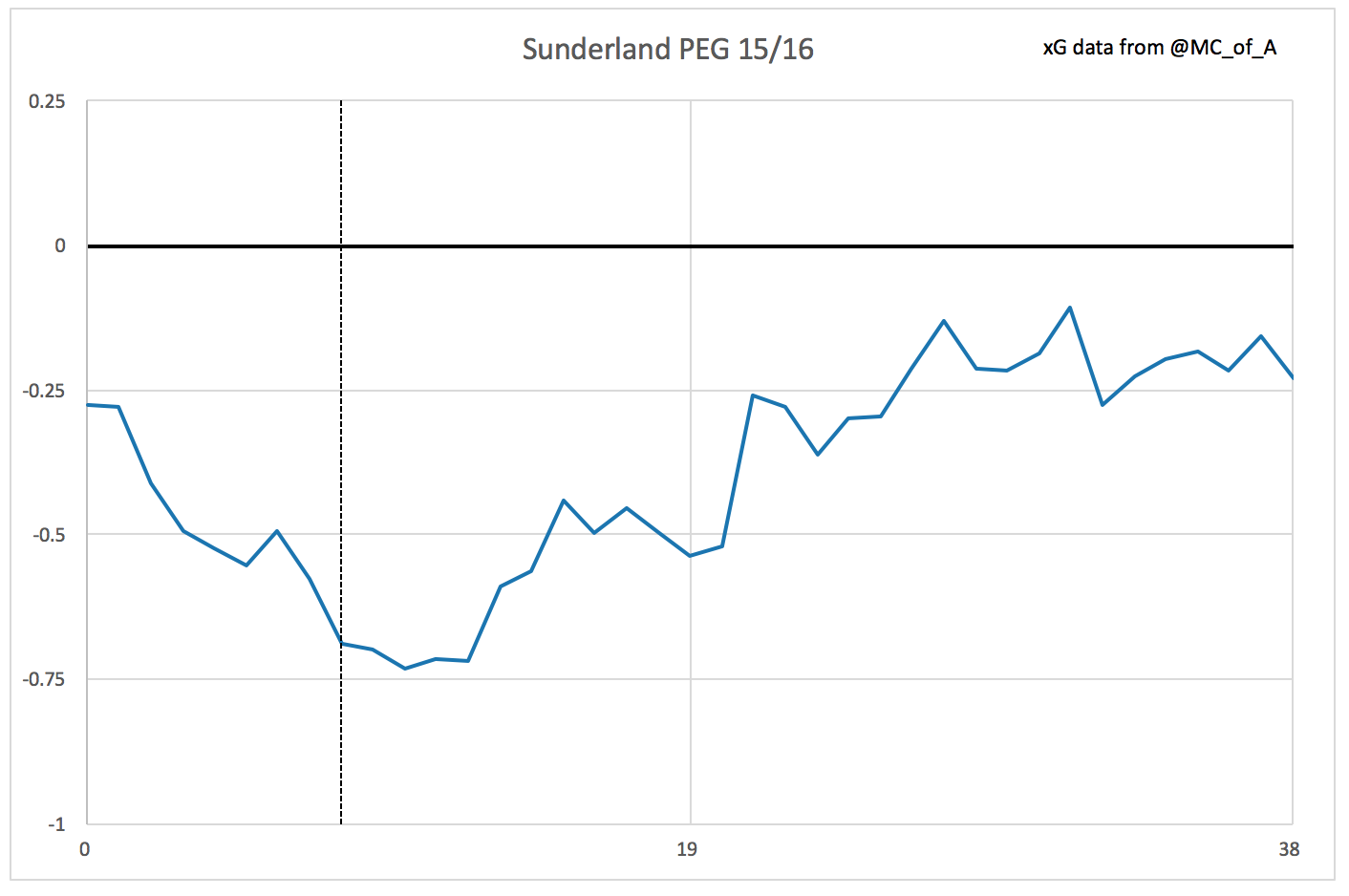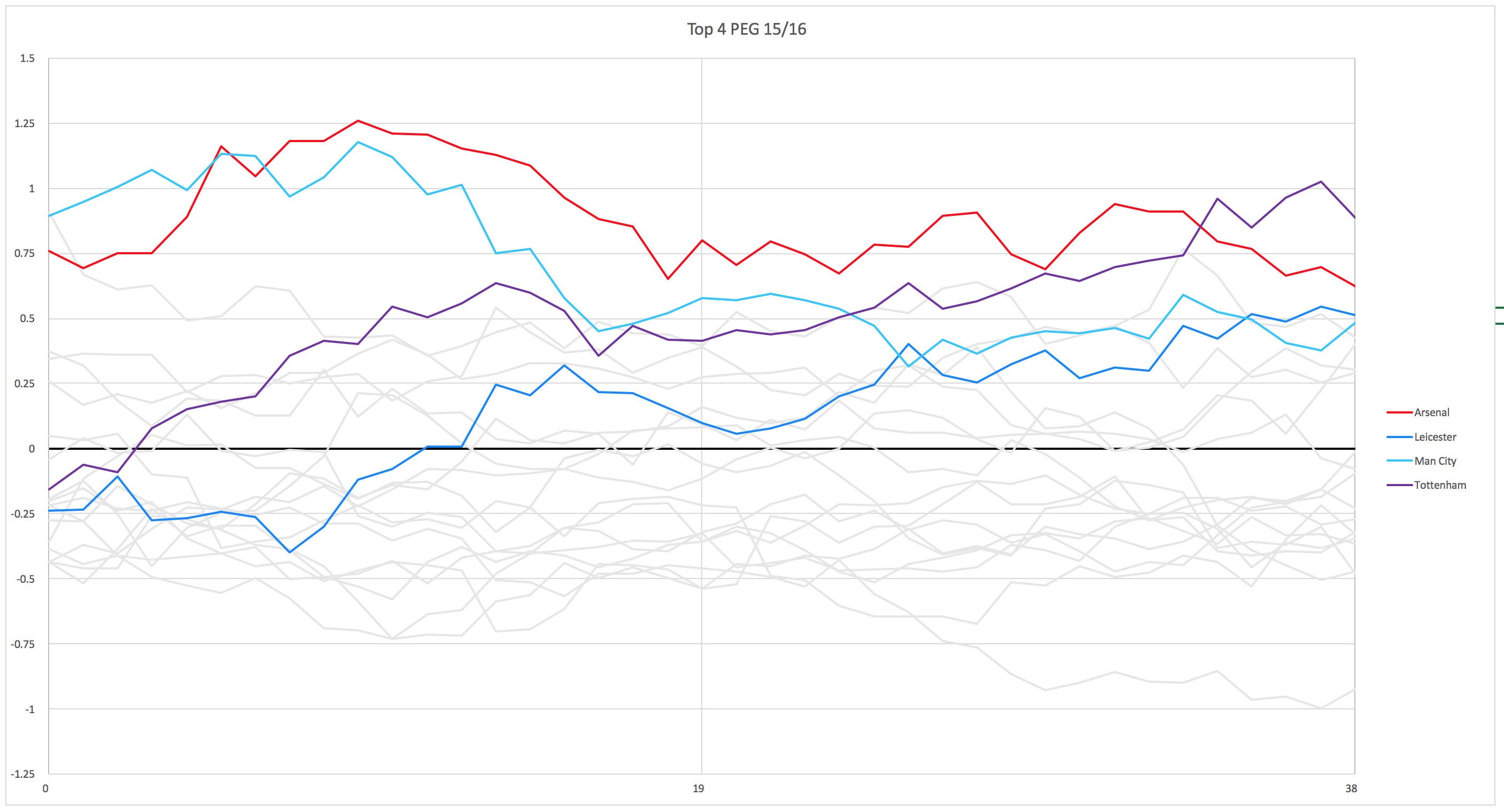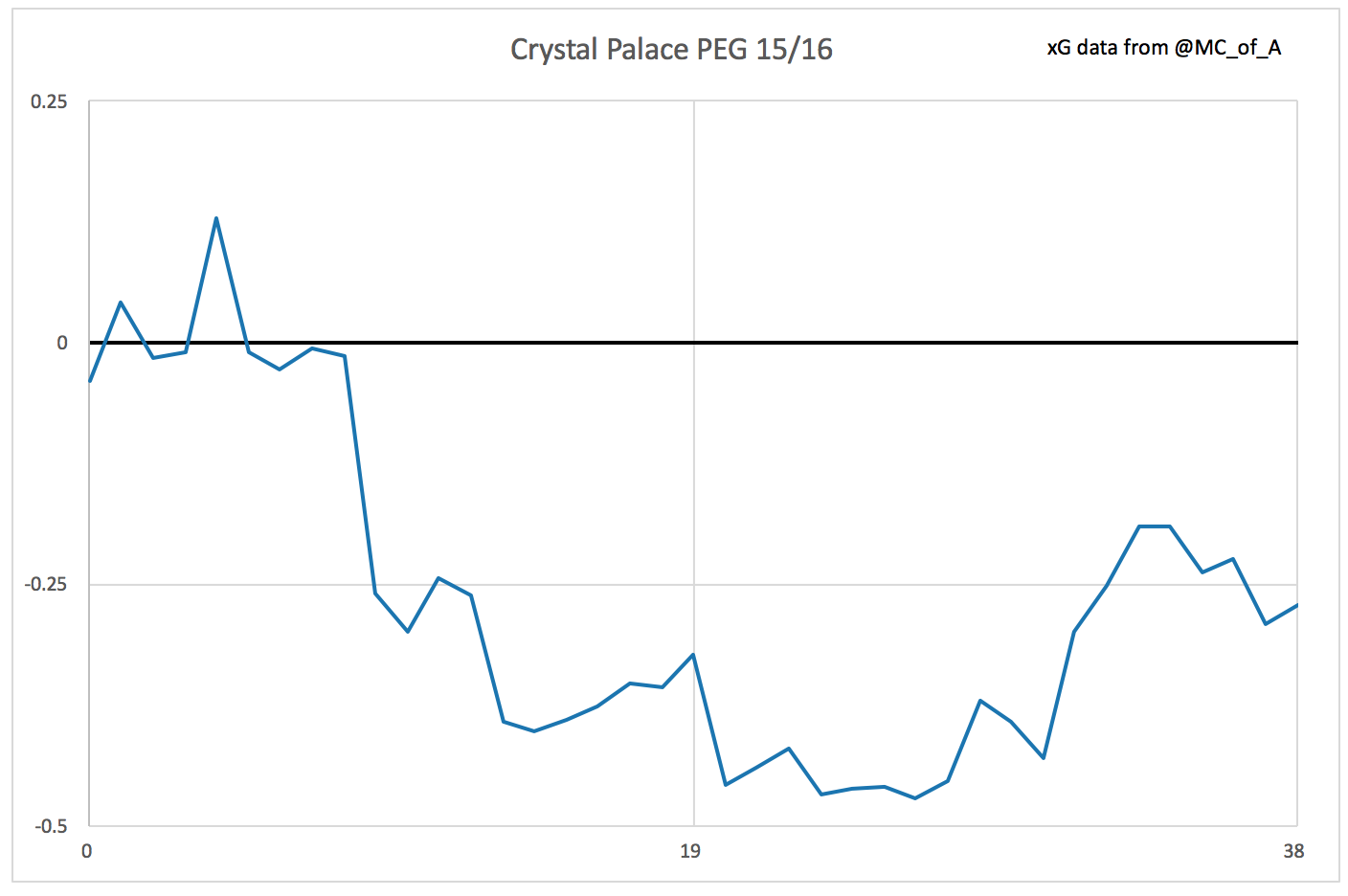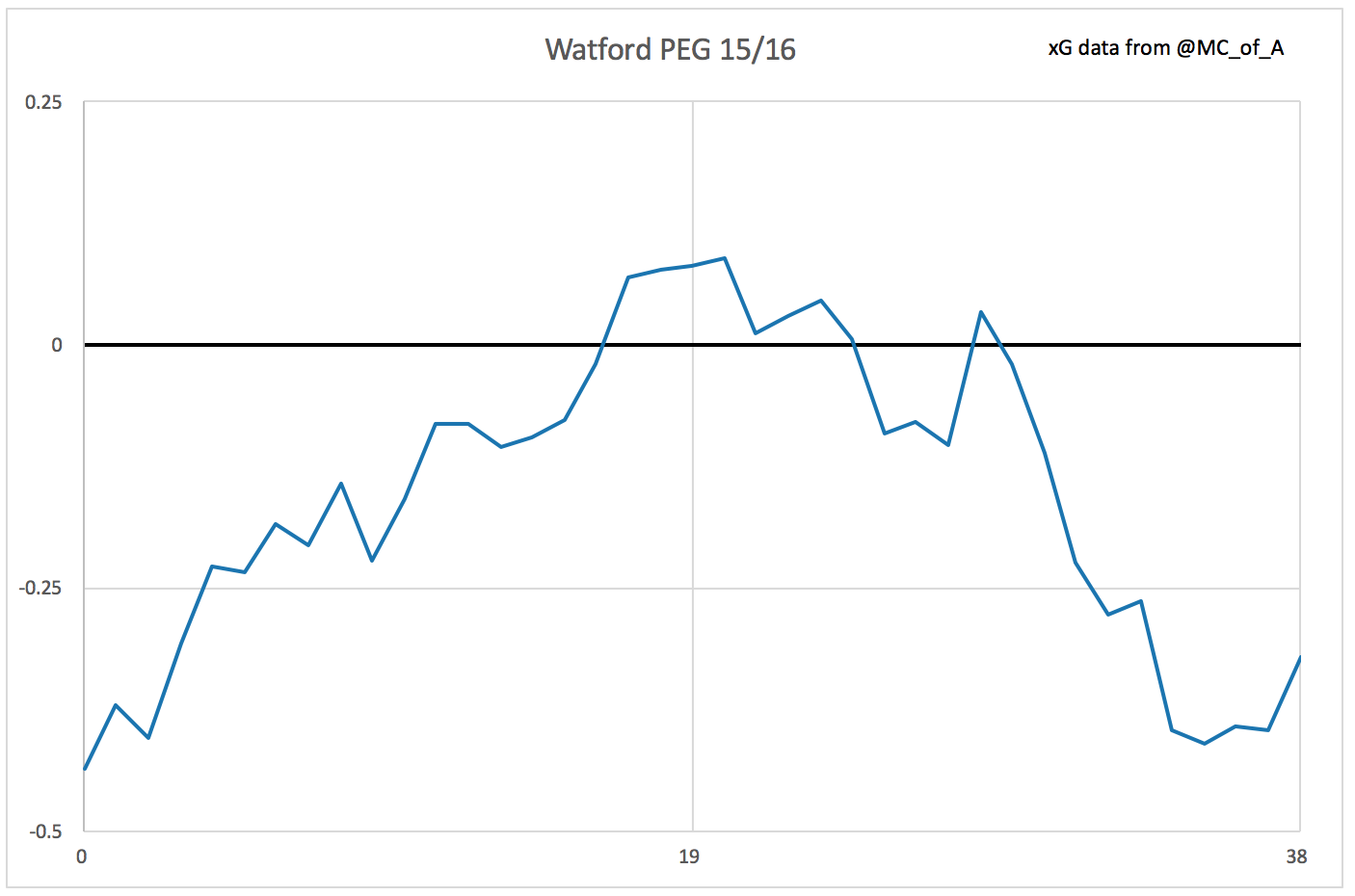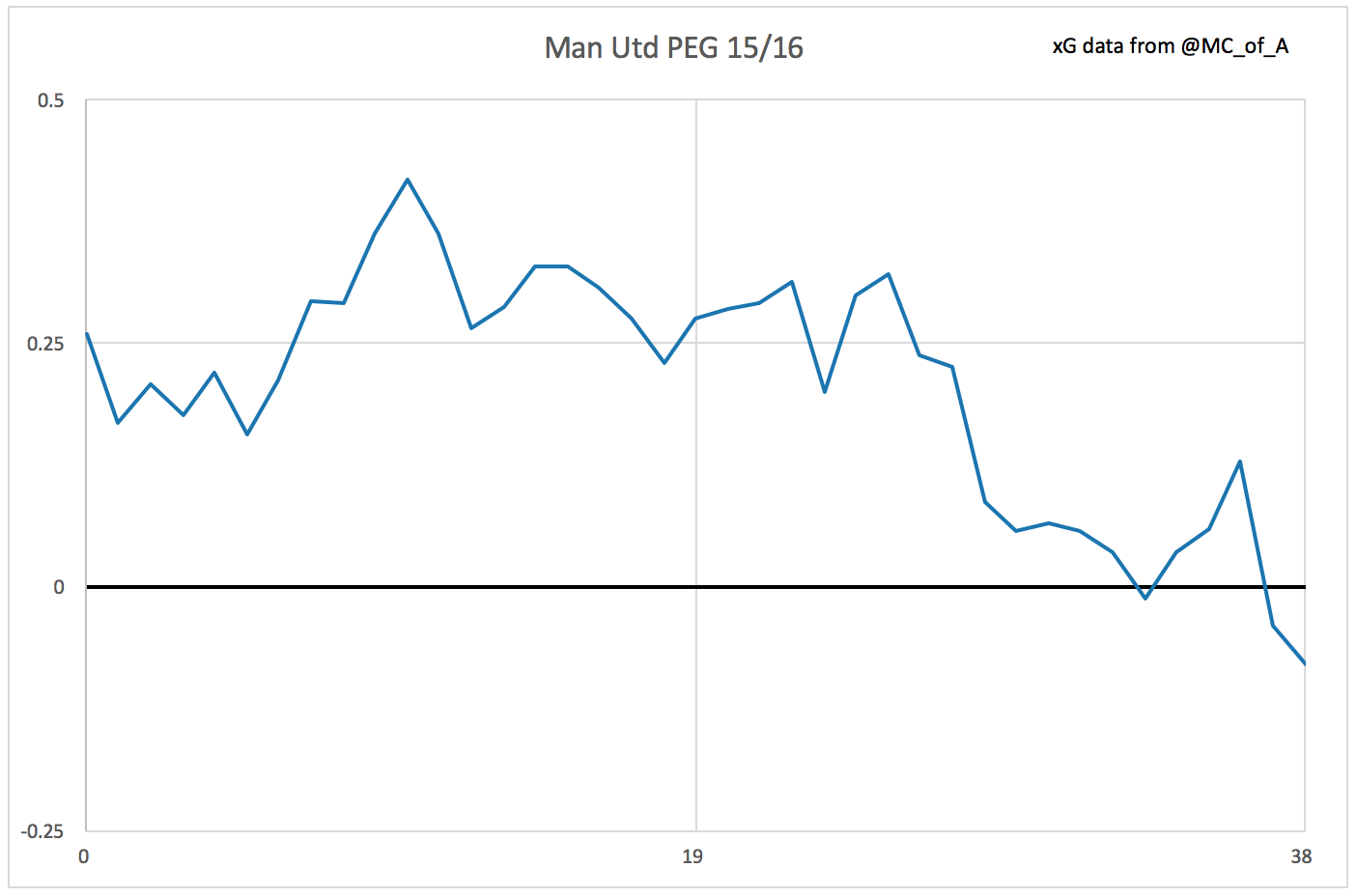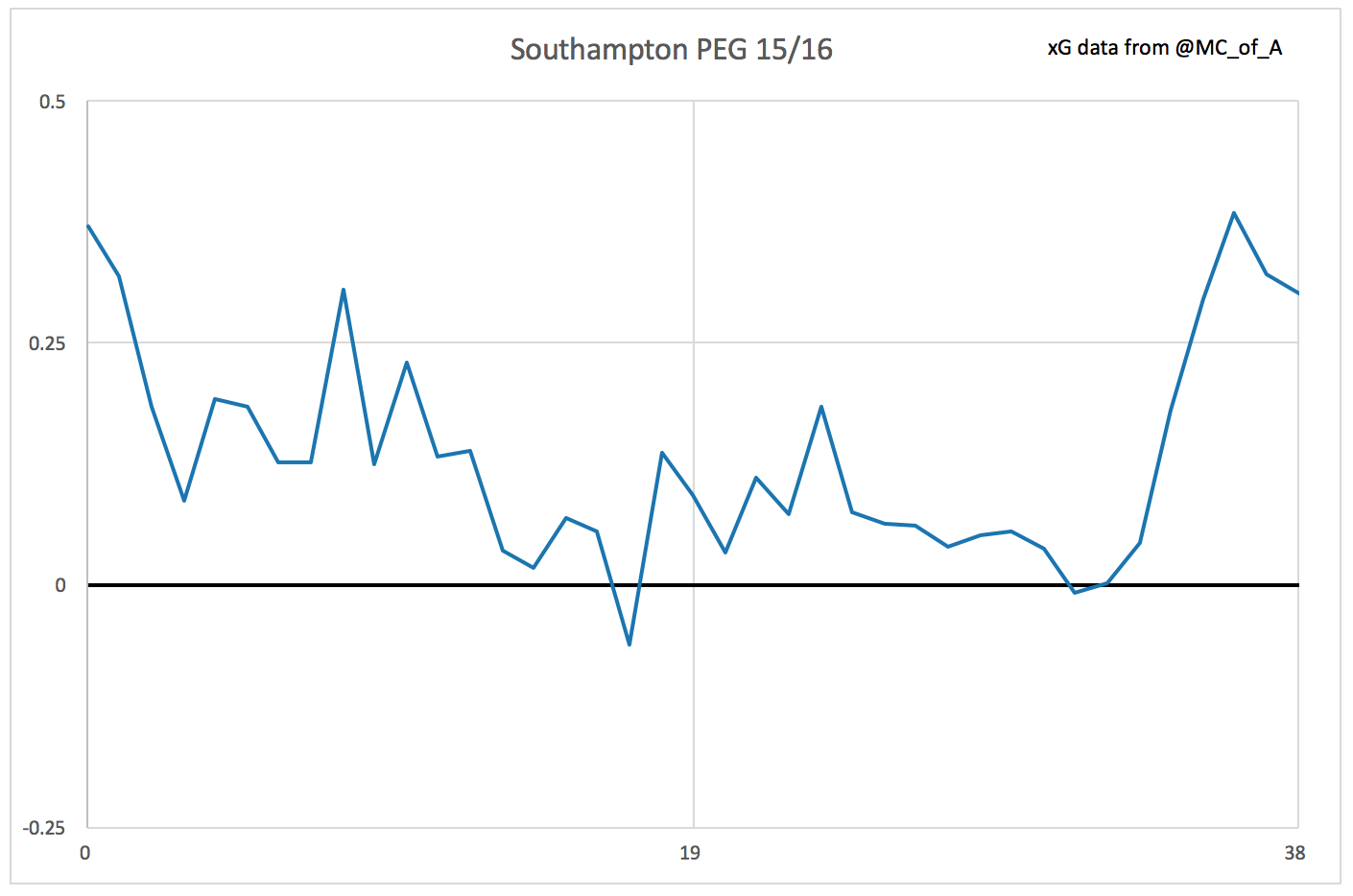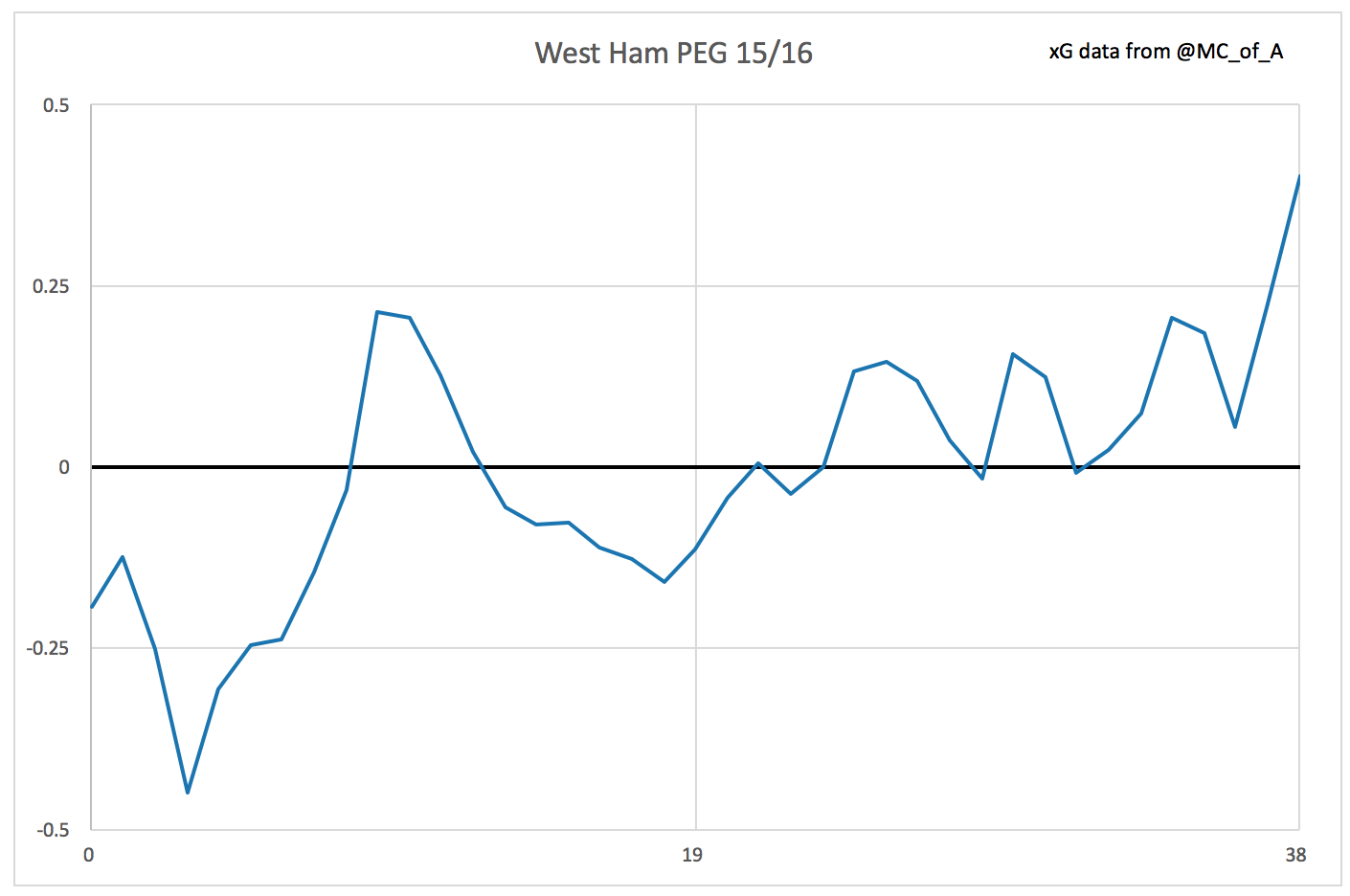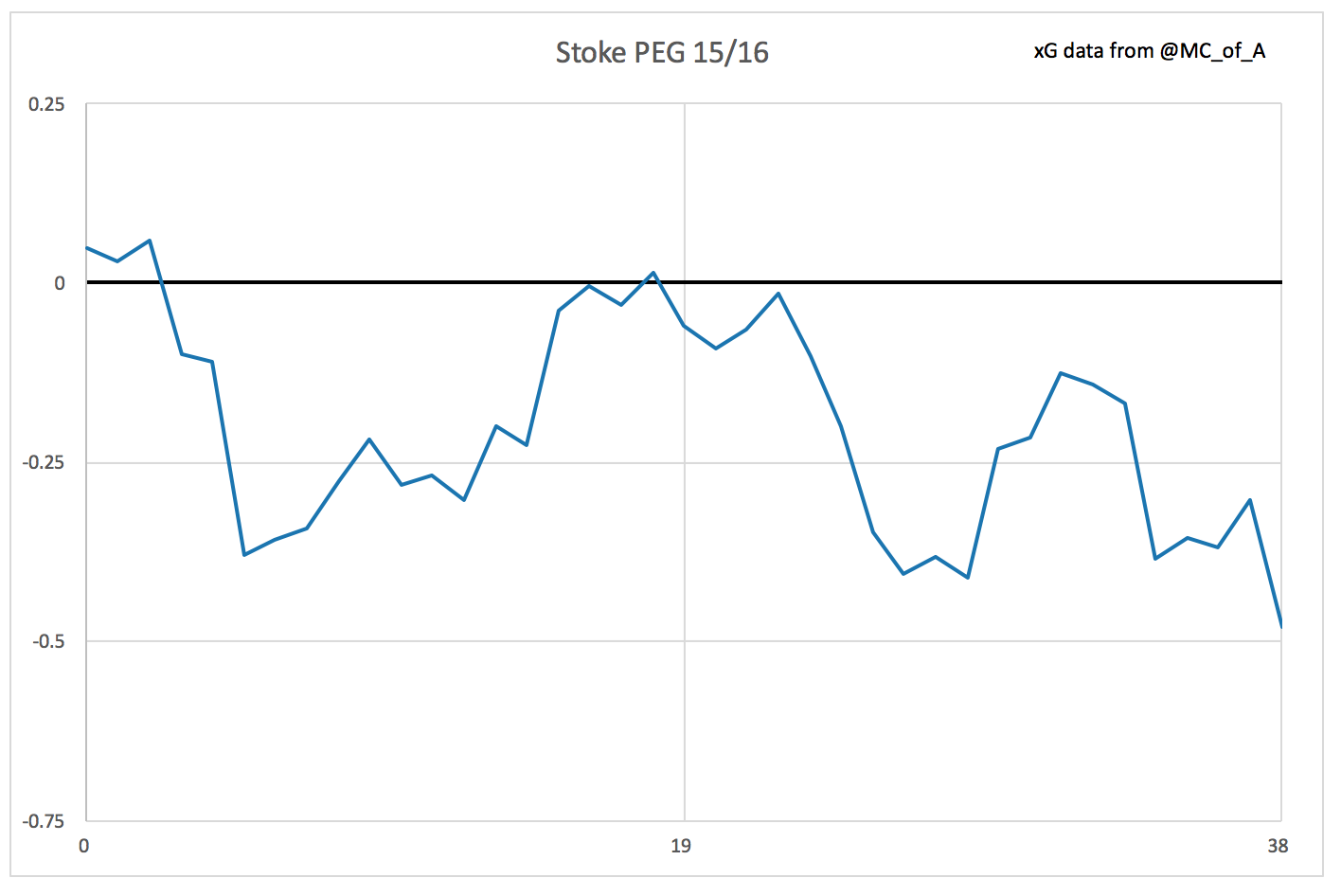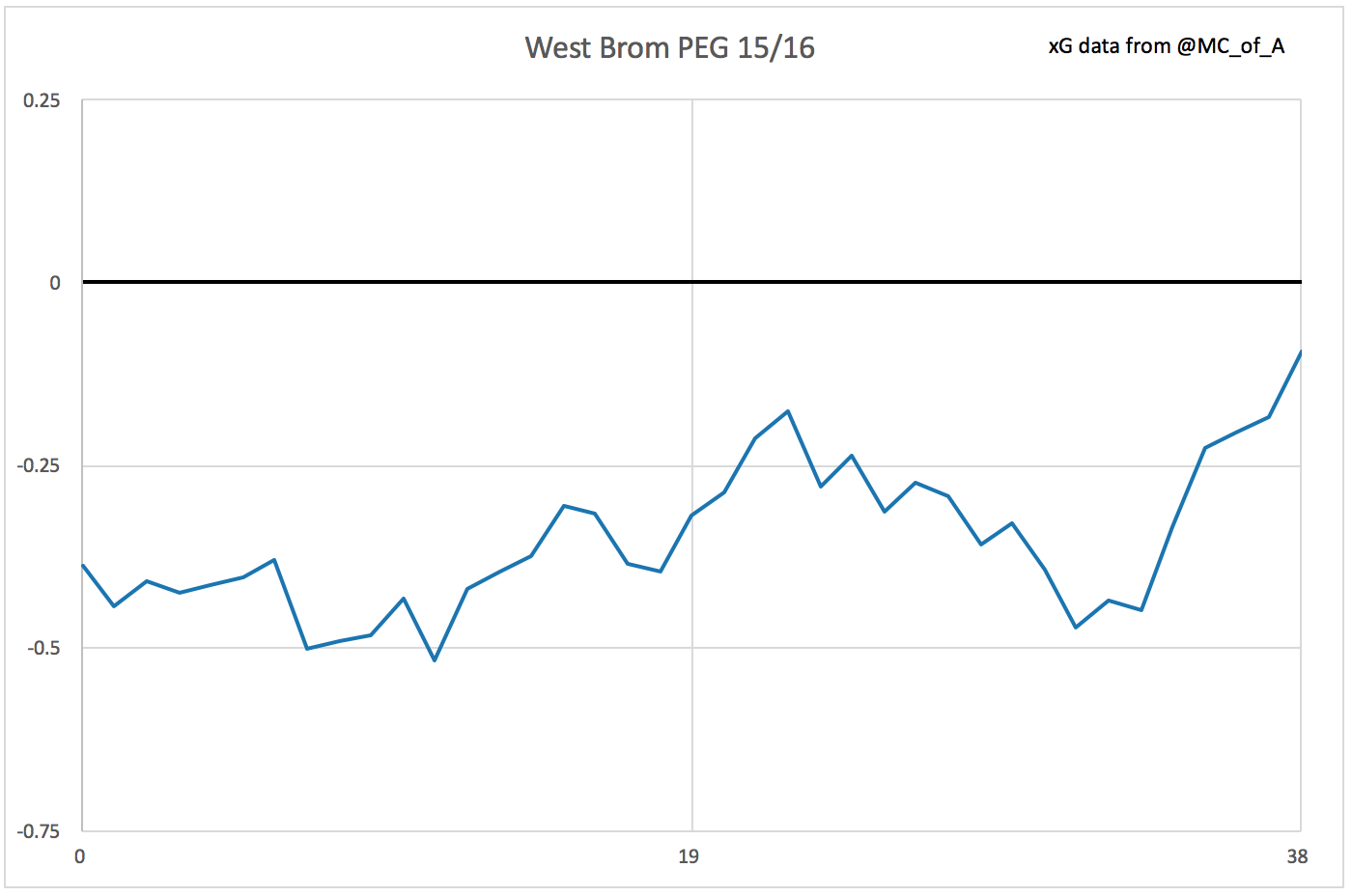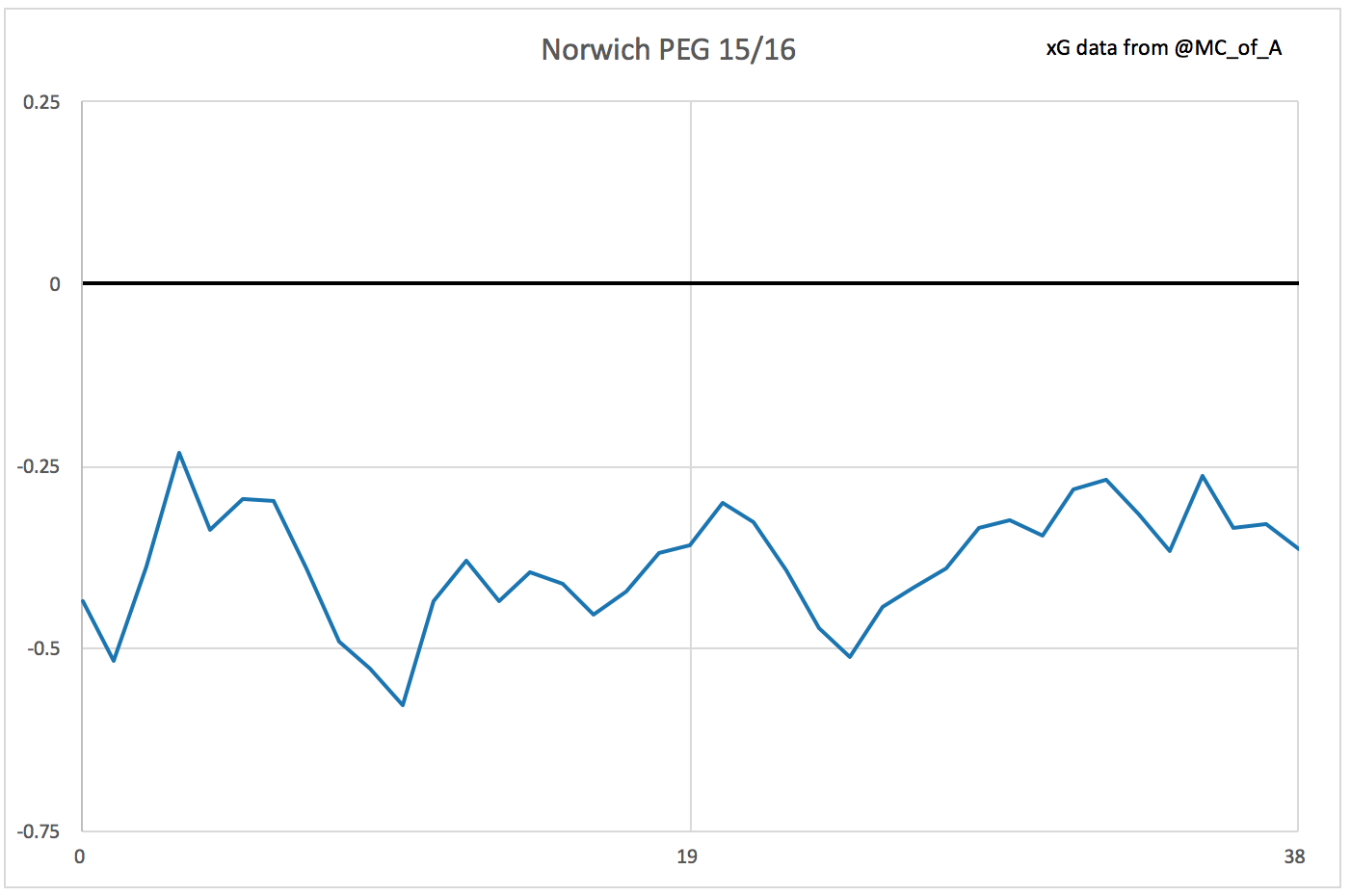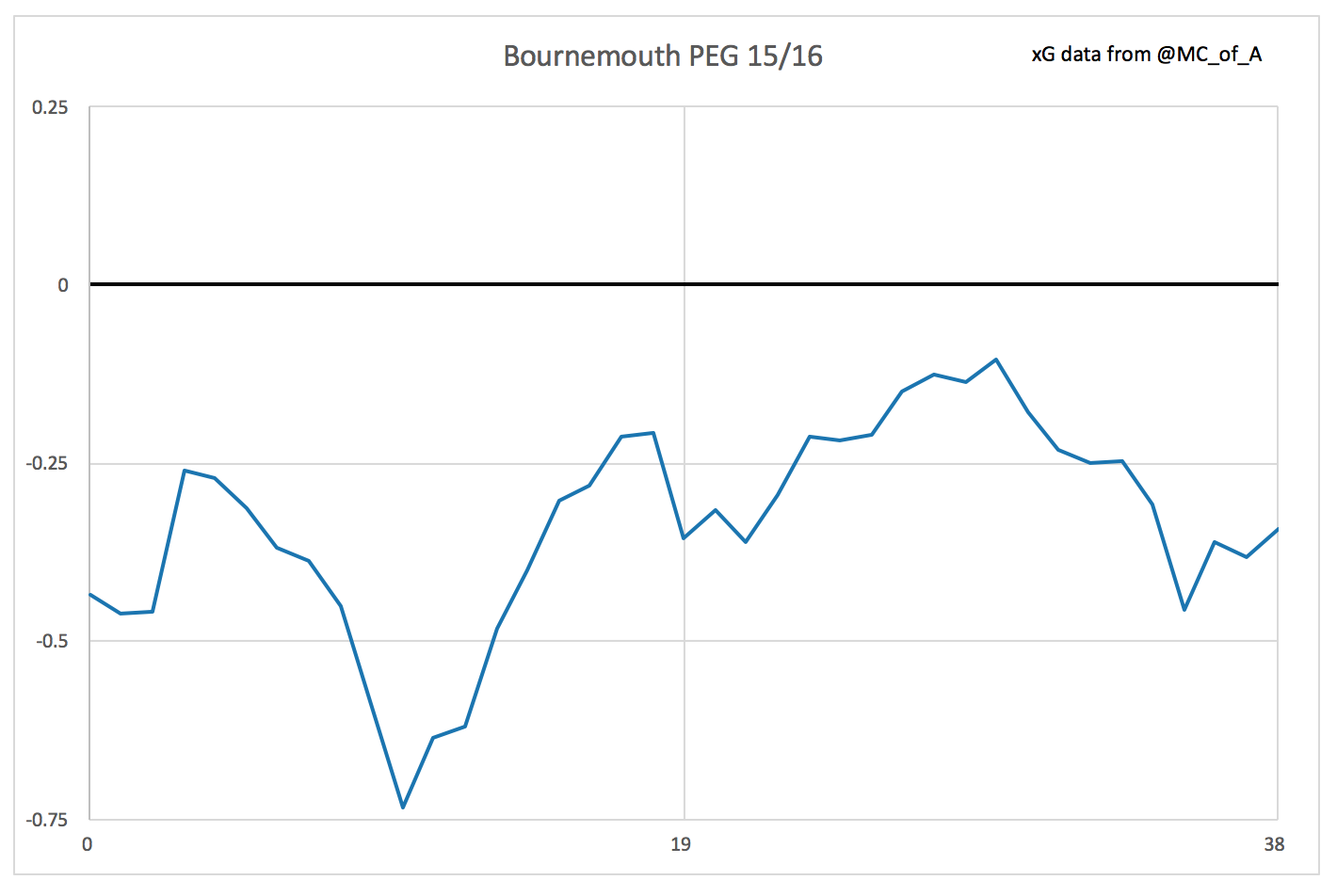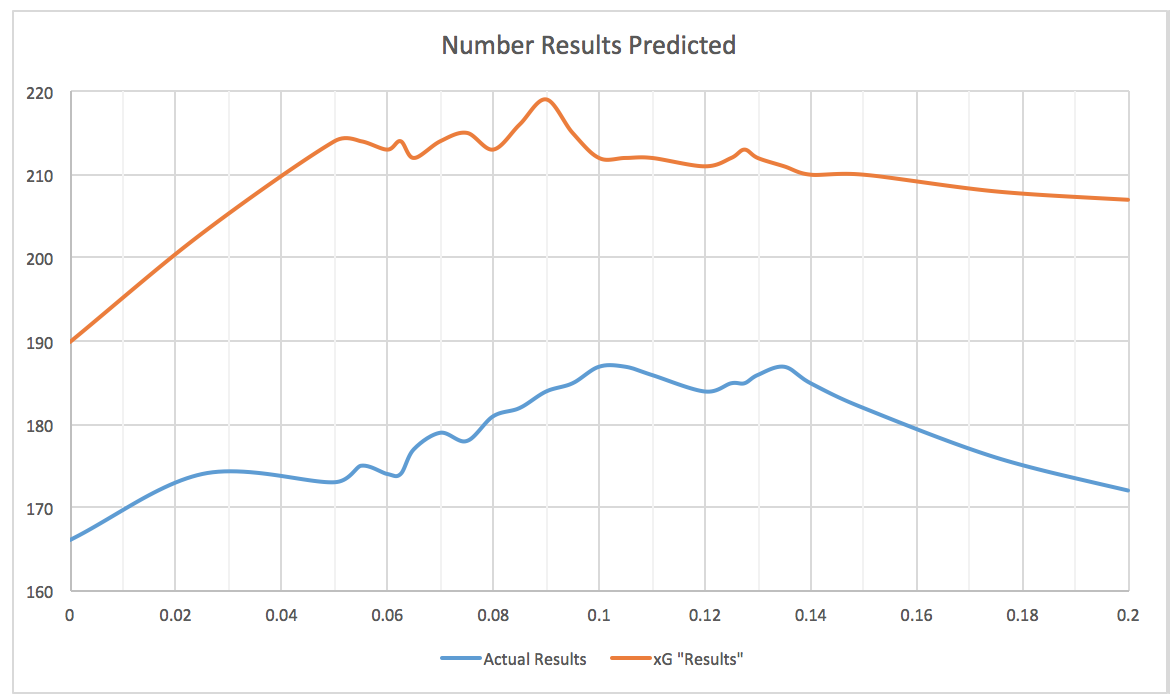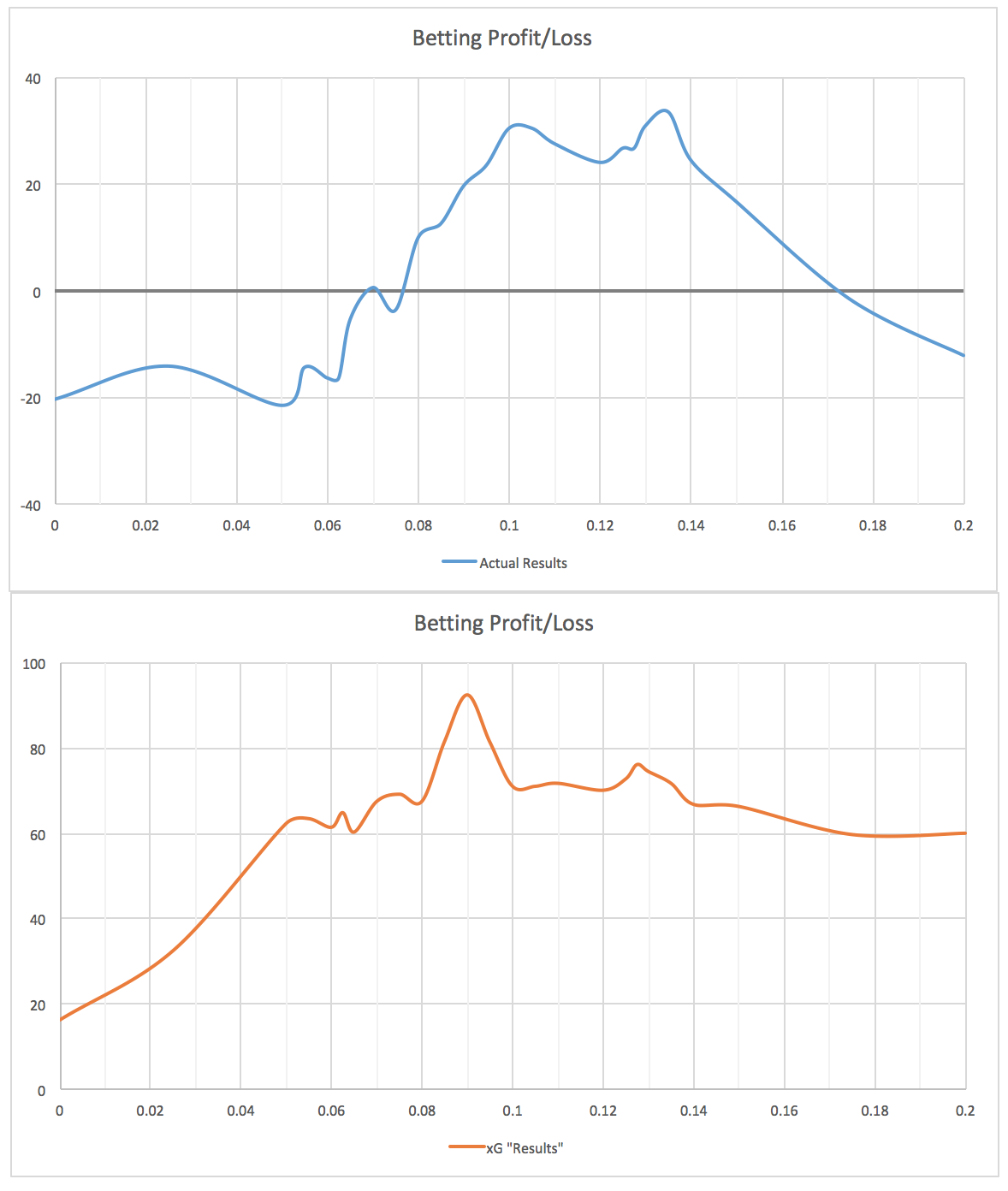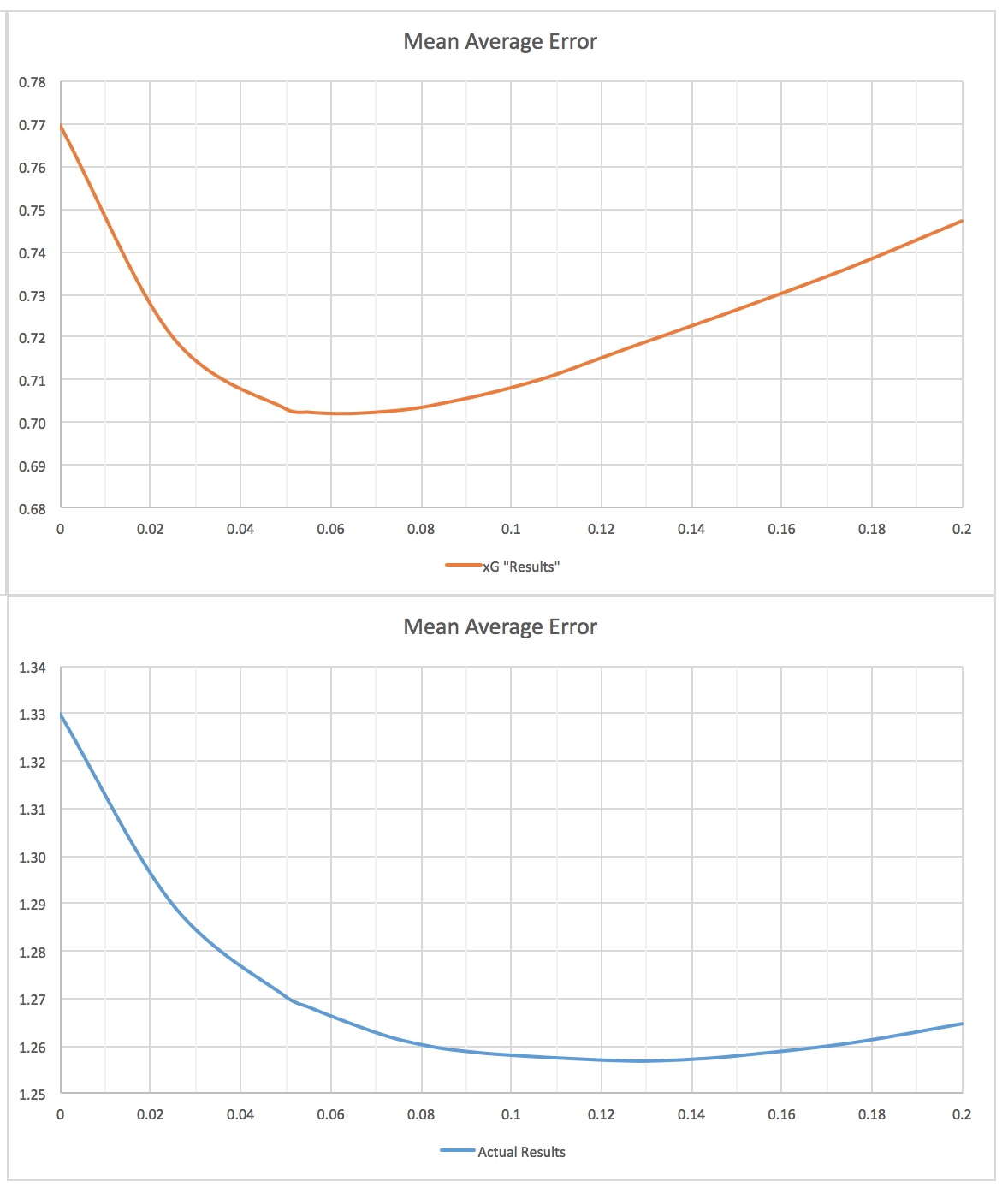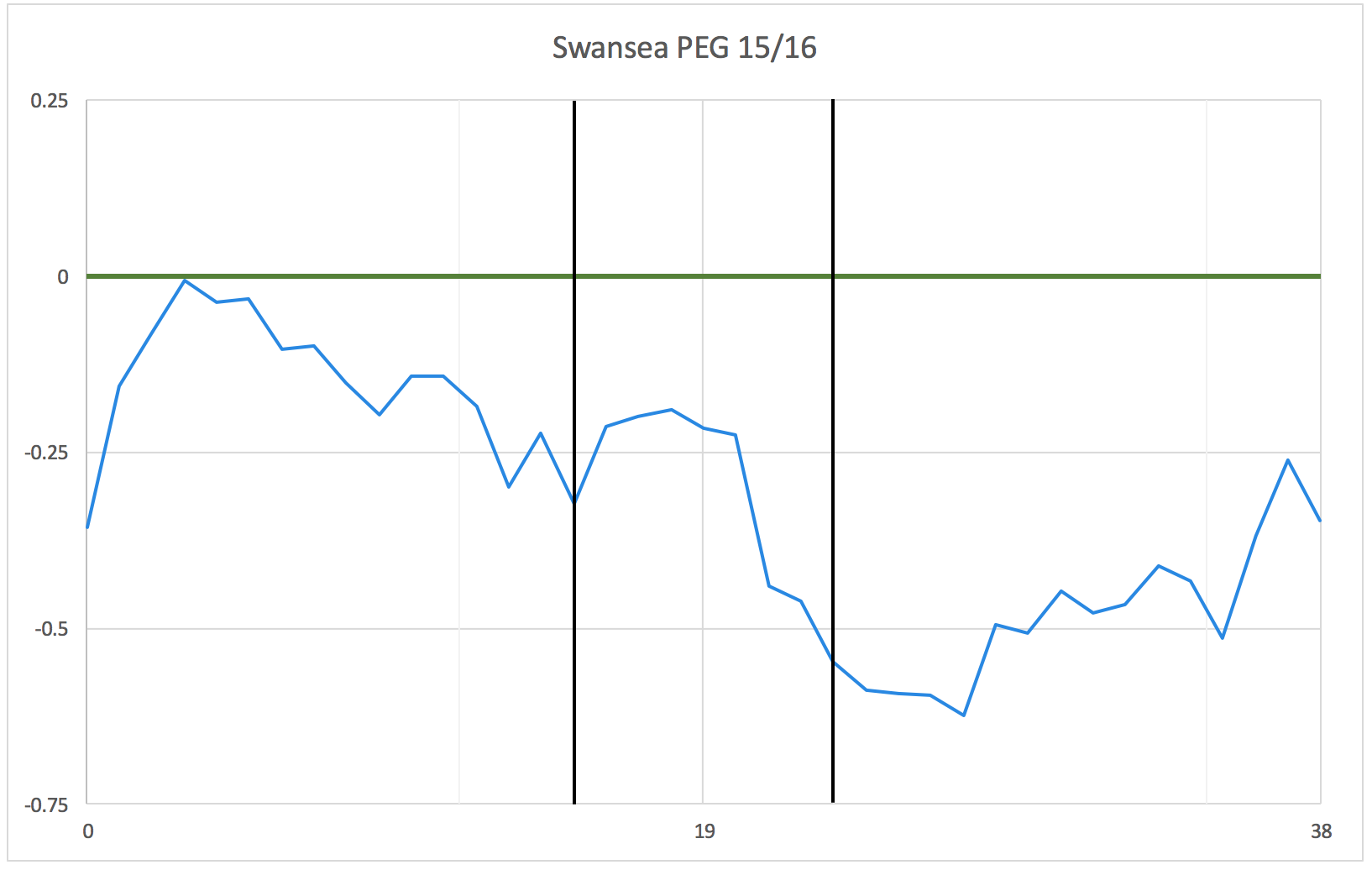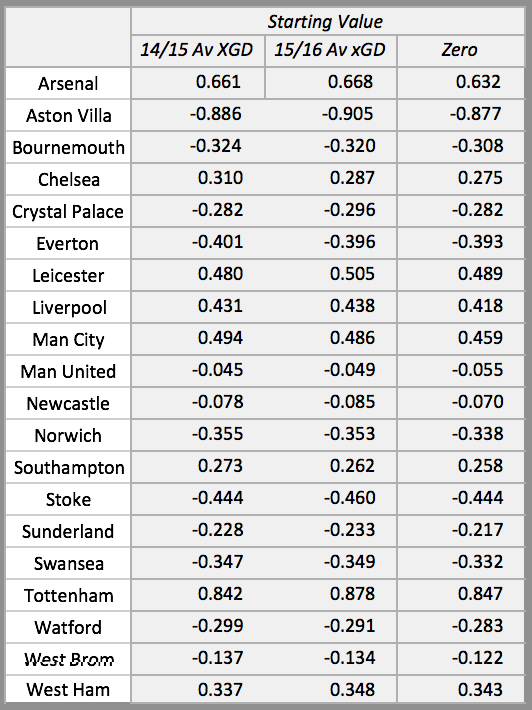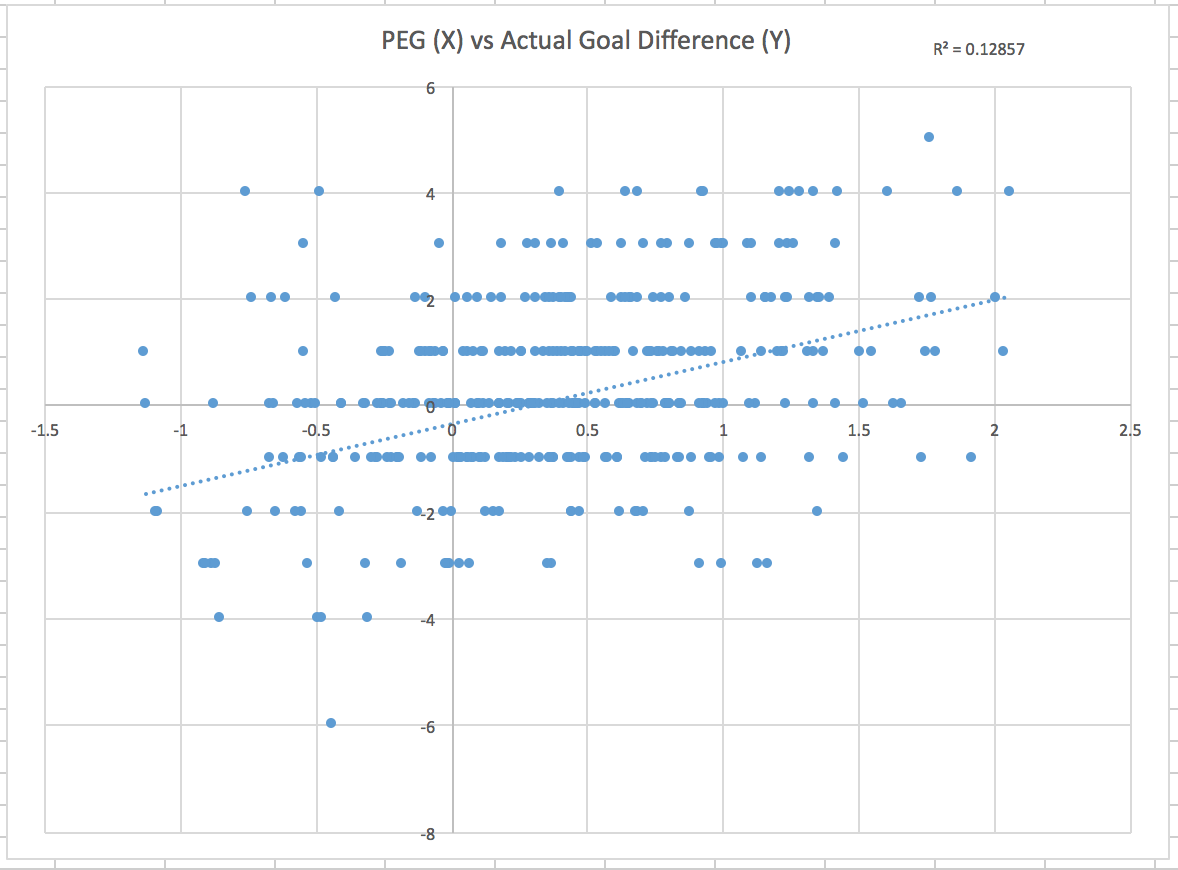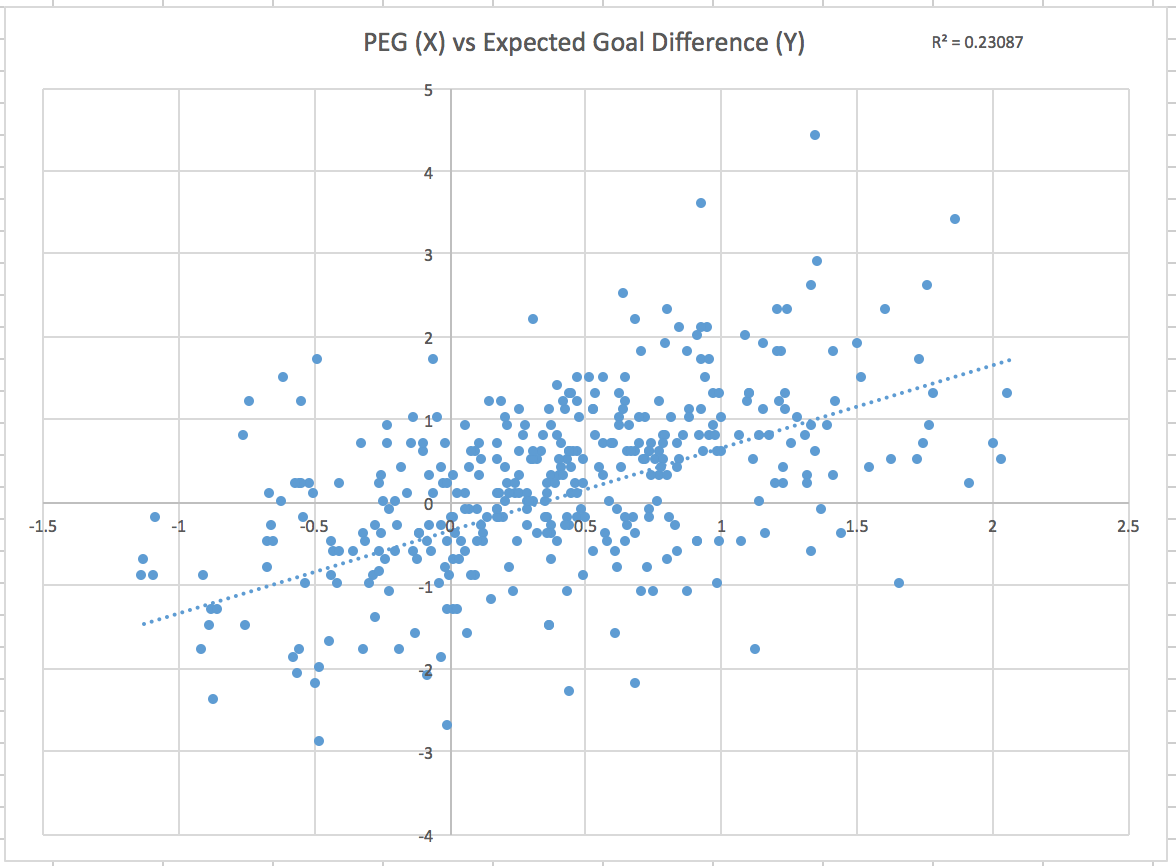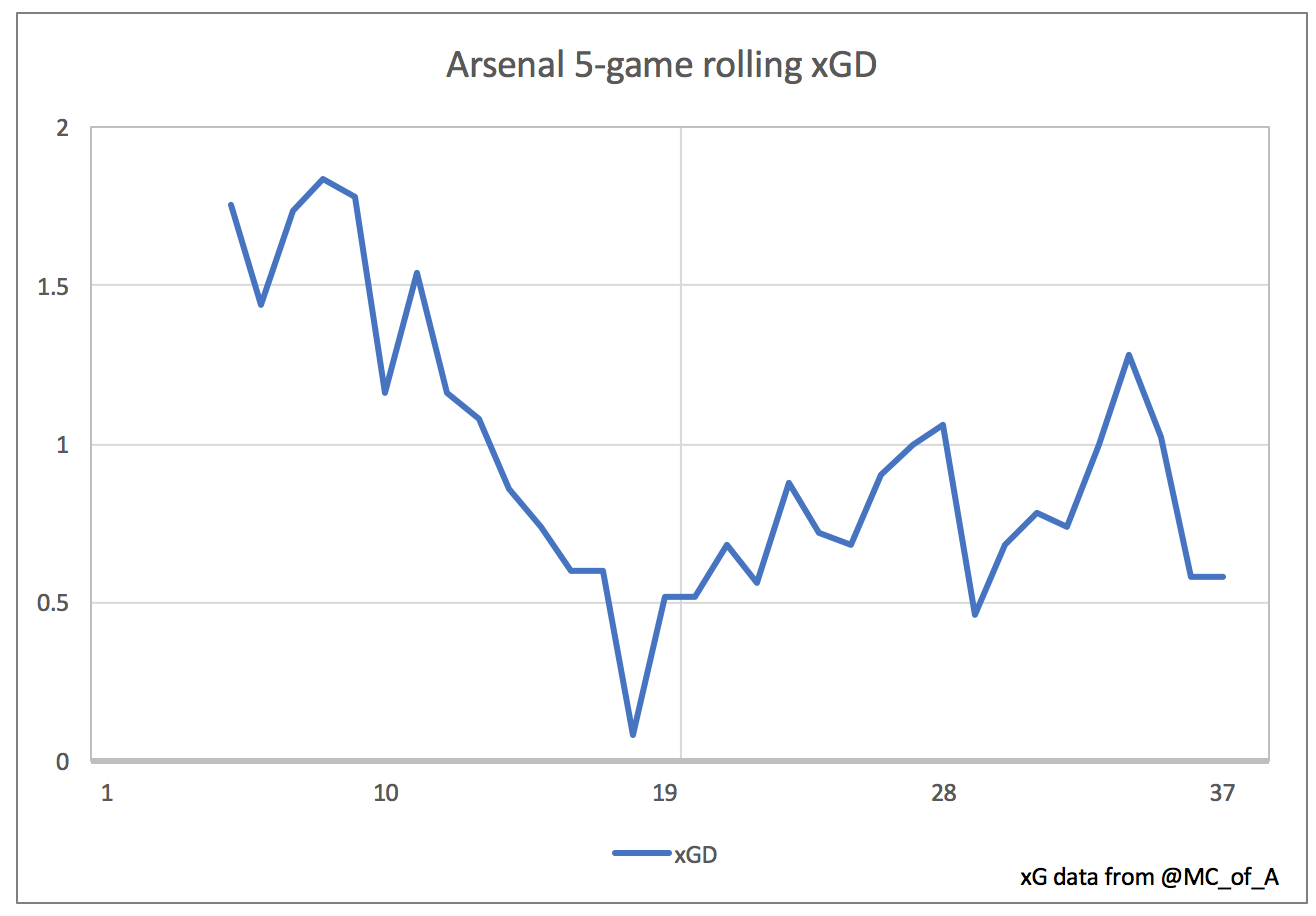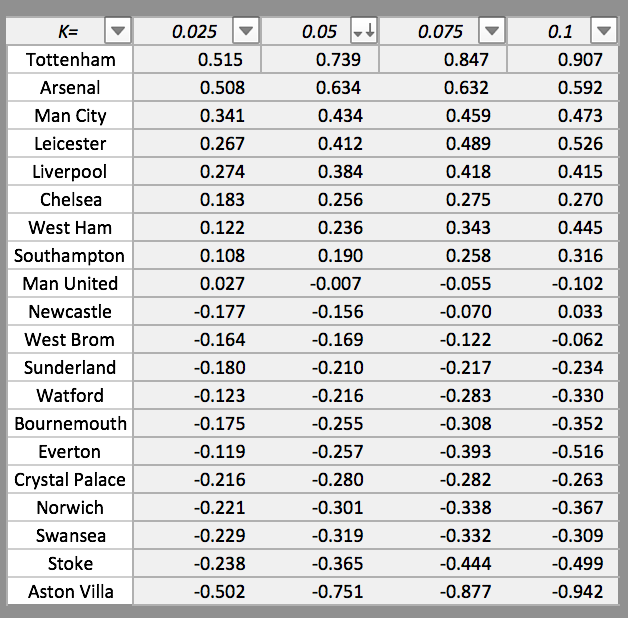Another manager sacked, making it 6 in 18 months. Was Uwe unlucky or incompetent? Leeds are sitting 18th with 11 points from 11 games, seemingly making little progress from last season, where we finished 15th. Without a win at home since March and three straight losses isn’t pretty reading by anyone’s book. However, we know that quite often goals don’t tell the whole story. On top of that, what should the target be? Our mad-hat president thinks promotion, Rosler says top 10. Avoid relegation?
Leeds were terrible last season and we were lucky to stay in the division. An article is on it’s way, but the short version is we were the 2nd worst team in the division. With that in mind, promotion is not on the cards. I think that a top half finish is a great success for the club, showing real progress from last season; setting us up well for a promotion challenge next year. Saying that, I’m very sceptical that any manager will get 2 years to mould the club and the team to their ideas. We never got the chance to see what Uwe Rosler could achieve at Leeds United, and that is the real tragedy – that we will never know what could have been and that no self-respecting coach would take a job underneath il mangia-allenatori.
Still, now he has gone, we can review the Rosler era in its entirety, and truth be told I think he was unlucky to go. To start with, let’s look at some of the basic underlying numbers for Leeds this season. We have a total shots ratio of 47.9% and a shots of target ratio of 41.9%, both compared to a league average of 50%. Our conversion is 10 goals from 36 SoT, giving us a scoring percentage of 27.8%, whilst the opposition have netted 15 goals from their 50 SoT, a save percentage of 70%. Putting those together we have a PDO (scoring % + save %) of 97.8, compared to a league average of 100.
Now, what do all those numbers mean? First, we used the ratio of shots or shots on target because they tend to be more repeatable, both within a season and between seasons, than points or goals. PDO is a measure of how well we convert our shots on target into goals relative to the opposition and it is largely driven by luck. So the numbers above seem to suggest we are a slightly below average team that has been a little unlucky. Something sticks out from those 3 numbers and that is the large discrepancy between our shots and shots on target ratios. As we are using either (or both) of those ratios to measure underlying performance, the large difference between them means we need to dig a little deeper. There is another issue with shots ratios – they treat all shots as the same, whether an open goal tap in or a speculative effort from 45 yards, so let’s look at where Championship teams shoot from.
(from whoscored.com)
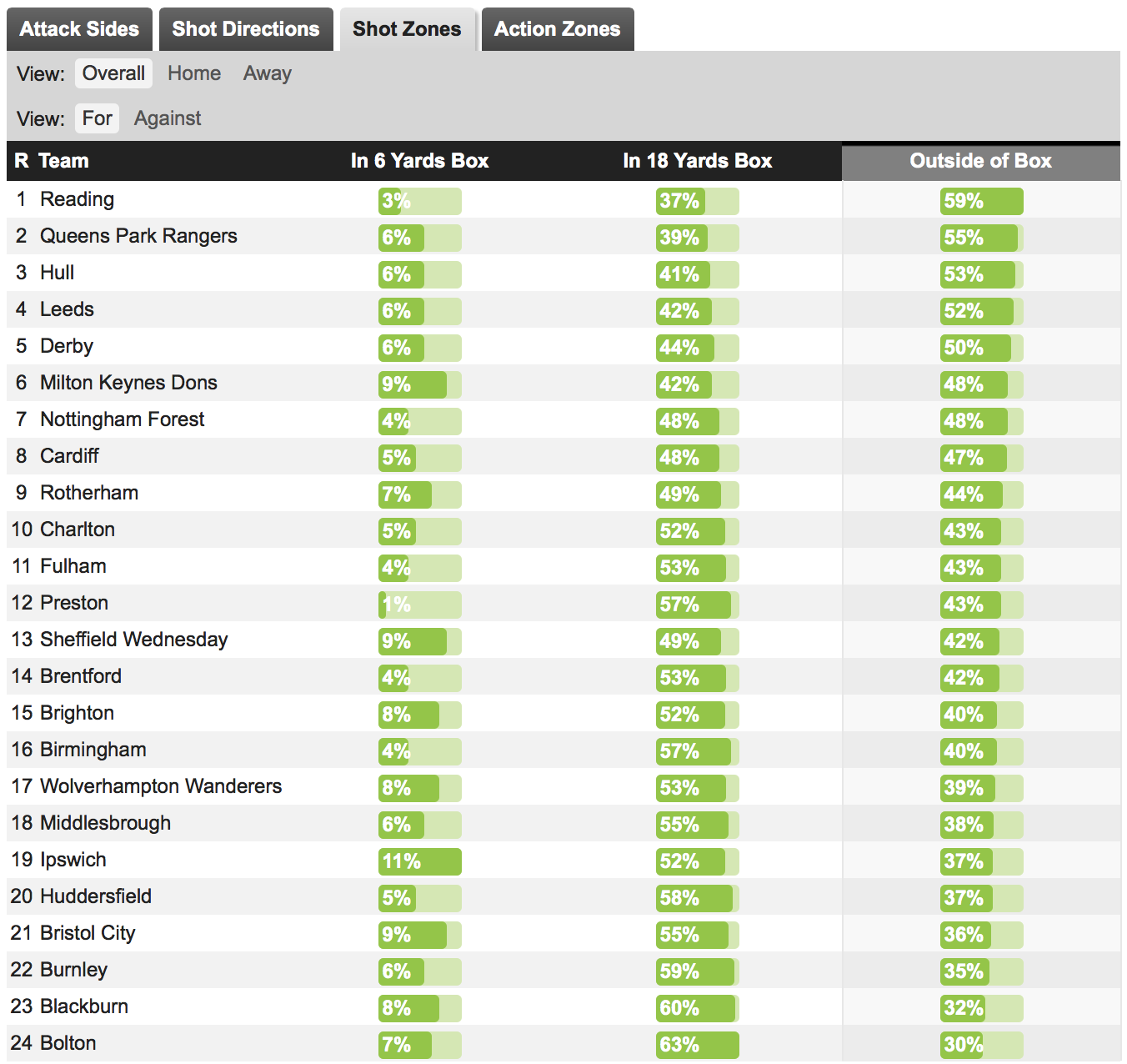
Oh.
Let’s delve a little deeper into these figures. We can use a measure called expected goals, which weights shots according to how likely it is to be scored, according to its position and situation etc. For a fully detailed look at expected goals, see this work by Michael Caley. I will be using the excellent work done by Ben Mayhew at his website Experimental361 and using the expected goals numbers, it let’s us see our results in a whole new context. So, based on expected goals, here is our season so far:
Leeds 1.5 – 1.0 Burnley
Reading 0.7 – 0.9 Leeds
Bristol City 2.0 – 1.2 Leeds
Leeds 1.9 – 0.6 Sheffield Wednesday
Derby 0.9 – 0.9 Leeds
Leeds 1.2 – 1.6 Brentford
Leeds 0.5 – 1.0 Ipswich
MK Dons 2.2 – 1.6 Leeds
Middlesbrough 1.4 – 0.6 Leeds
Leeds 1.3 – 0.8 Birmingham
Leeds 1.0 – 1.4 Brighton
Taking all this together, we have an expected goals totals of 12.6 for and 13.6 against. Giving us an expected goal difference of -1. Not a spectacular record over the first 11 games, but certainly at least part of our malaise seems to be luck, having scored 10 goals and conceded 15 in real life. The numbers suggest we’re a bottom half mid-table team so far this season, which is not a sackable level of performance, after 11 games when the target is top 10. As a fan, the frustrating thing (defensive errors apart) about watching Leeds this year has been the lack of chances created. A measly 1.15 expected goals for per game has been uninspiring, and it is in a large part down to the shape of our midfield that affects the whole balance of the team.
Firstly, let’s have a look at the stats for our current crop of central midfielders over the past couple of seasons (all stats per 90 minutes):
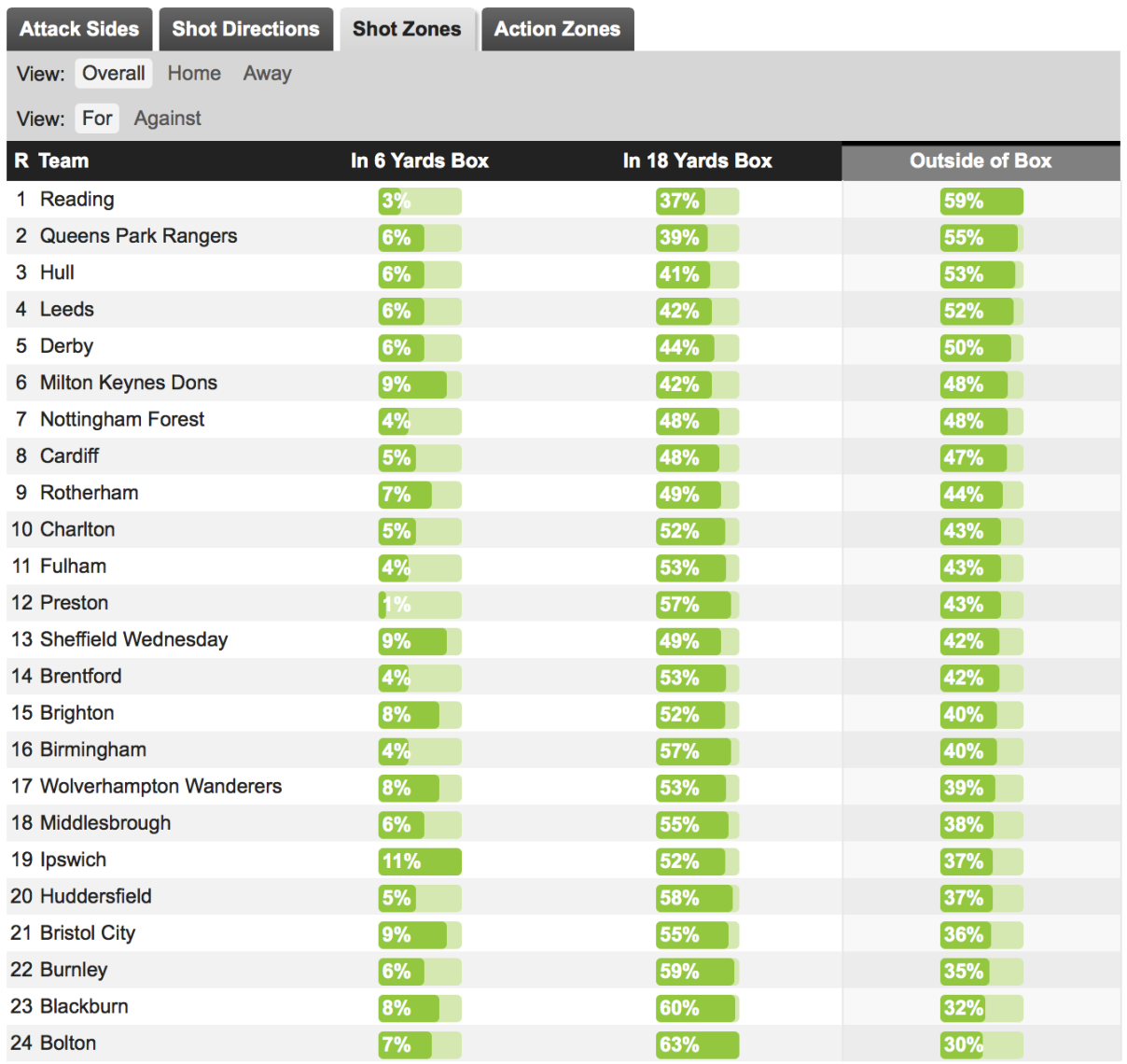
To delve a little deeper, I’m going to use some of the excellent research done by Will Gürpınar-Morgan to look at types of player from underlying statistics. He finds that these are the types of midfielder:
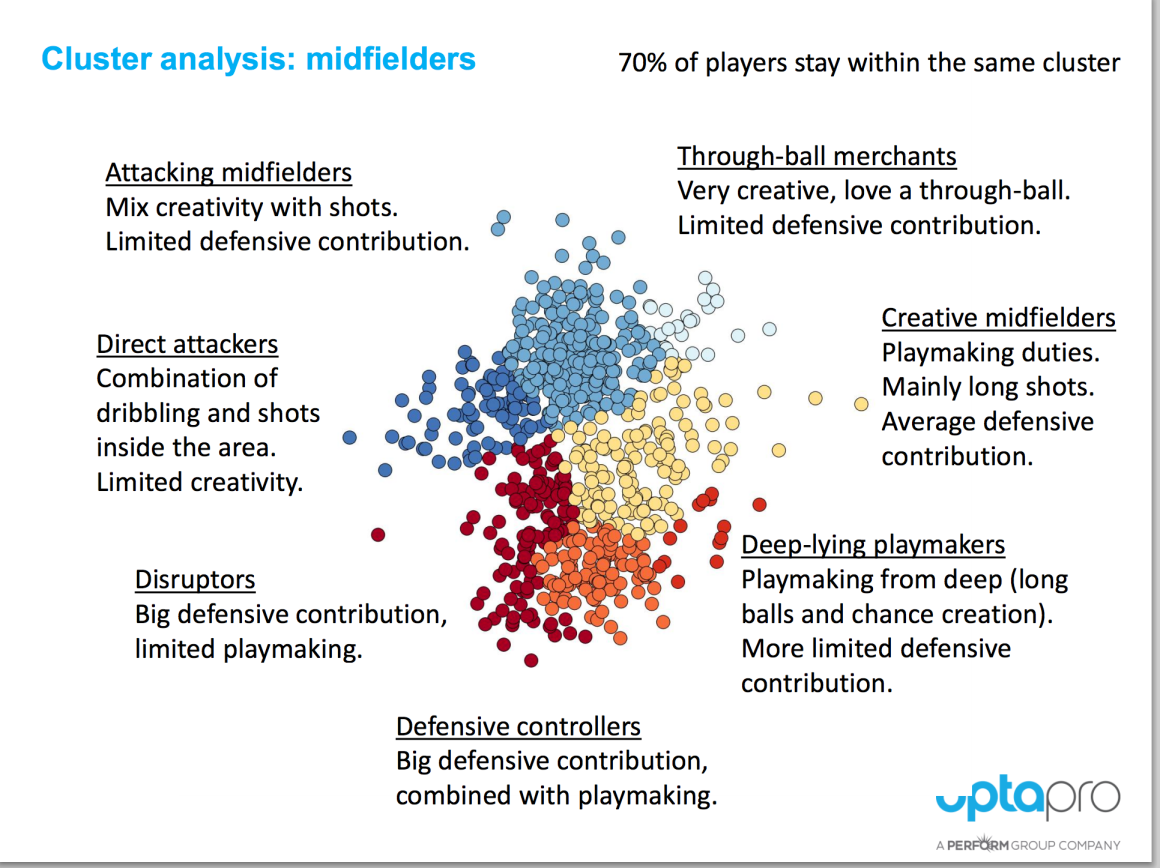
Looking at the stats above the way I would classify the 5 CMs who have been on the pitch so far this season for Leeds are as follows. Tom Adeyemi has good defensive stats and he contributes pretty much nothing going forward, he is a definite disruptor. Mowatt contributes little defensively although he has decent playmaking abilities and he loves a long shot. I’d probably place him as an Attacking Midfielder. Lewis Cook has a decent defensive contribution and clearly loves a tackle (5.6 per 90 this season). He can also create chances, dribble and shoot – the boy is special. I’d place him as a creative midfielder, although to be honest I think he has the talent to excel played as an attacking midfielder too. Luke Murphy, fits almost exactly into the deep-lying playmaker description, with lots of long balls and less work in defence. Now, I’d be wary about reading too much into Kalvin Phillips’ figures as the boy has had hardly any football. So, with the caveat that 371 minutes of football is not enough to judge a player on, he has started hugely impressively. He has excellent defensive stats but he can also ping a pass and create chances. This puts him as, possibly, just possibly the rarest of breeds, a defensive controller. I know it is very early days but surely these early performances are enough to justify more of a run in the team?
Now, with all of that in mind, let’s move onto the crux of this, the single vs double pivot (holding midfielder):
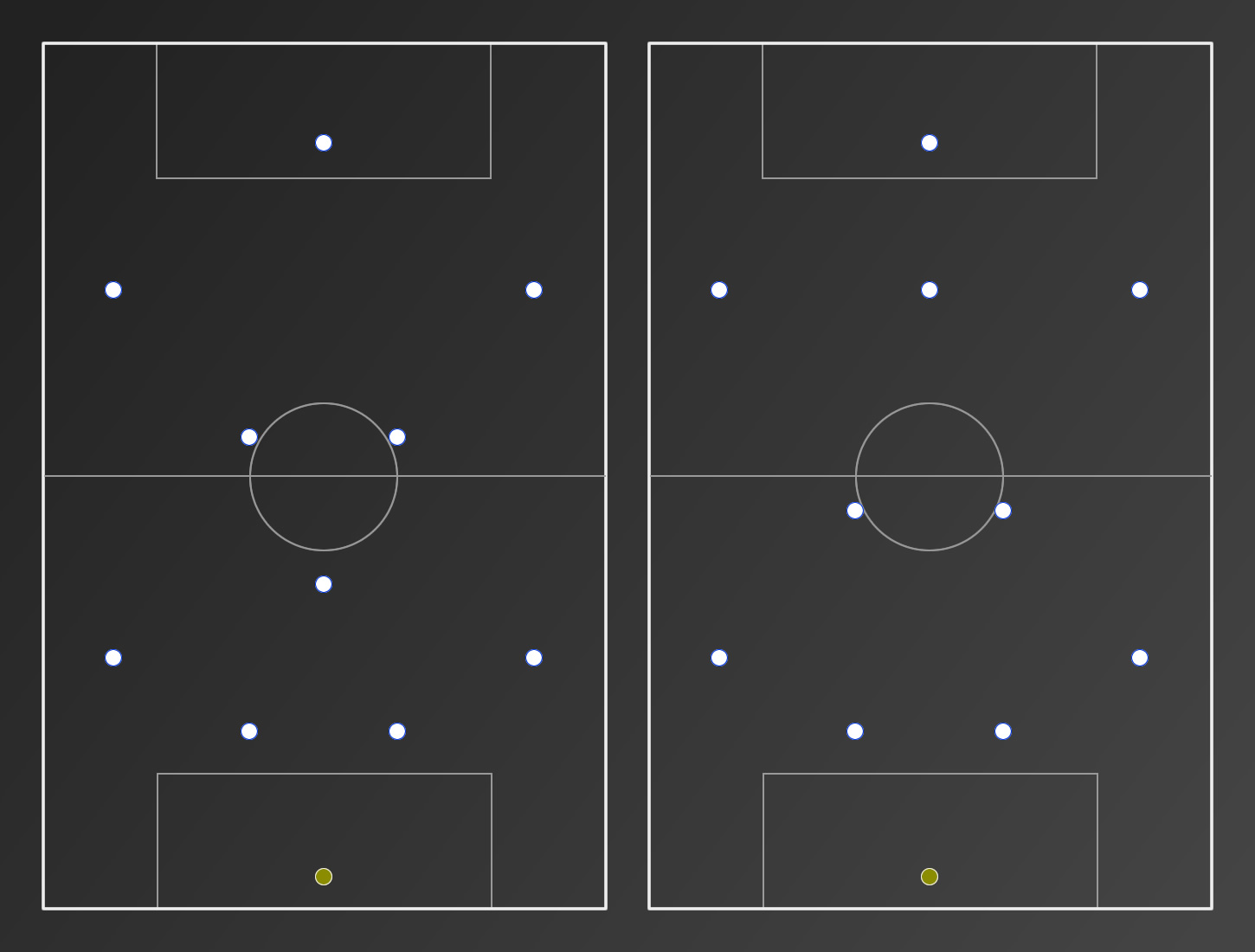
The two formations above are essentially the same, except for the configuration of the three central midfielders. Truth be told we have used versions of both formations at points during the season, and I think the double pivot 4231 gets much more out of our squad than the formation on the left. Before we get into the how’s and why’s, let us have another look at those expected goal results, this time split up by the midfield three selected.
433 (xGF: 5.7, xGA: 7.3, xGD: -1.6)
Adeyemi-Mowatt-Cook
Leeds 1.5 – 1.0 Burnley
Derby 0.9 – 0.9 Leeds
Leeds 1.2 – 1.6 Brentford
Middlesbrough 1.4 – 0.6 Leeds
Leeds 1.0 – 1.4 Brighton
Adeyemi-Murphy-Cook
Leeds 0.5 – 1.0 Ipswich
4231 (xGF: 6.9, xGA: 6.3, xGD: +0.6)
Cook-Murphy-Mowatt
MK Dons 2.2 – 1.6 Leeds
Leeds 1.3 – 0.8 Birmingham
Phillips-Adeyemi-Mowatt
Reading 0.7 – 0.9 Leeds
Phillips-Adeyemi-Antenucci
Bristol City 2.0 – 1.2 Leeds
Leeds 1.9 – 0.6 Sheffield Wednesday
We can see from our admittedly small sample that we have played significantly better with the 4231 and I posit that the balance of the midfield has a lot to do with it. When playing the 433 formation, Adeyemi has been the preferred pivot, and he has been a successful disruptor so far this season, whilst Kalvin Phillips is an ample deputy. It is when picking the 2 in front that things start to get a little tricky. We have 3 configurations: Cook-Mowatt, Cook-Murphy and Murphy-Mowatt. Without the ball, Mowatt’s lack of defensive work means that we have a lop-sided midfield and Adeyemi gets dragged out of position to cover, leaving spaces for opposition midfield runners in behind. Going forward we miss out on the considerable talents of Alex Mowatt with the ball as he isn’t receiving the ball in locations further up the pitch. For an illustration of this then look no further than our most recent game against Brighton, where Mowatt made no tackles in comparison to Cook’s 5 and the knock-on impact it had on the team.
Tom Adeyemi’s lop-sided tackles map:
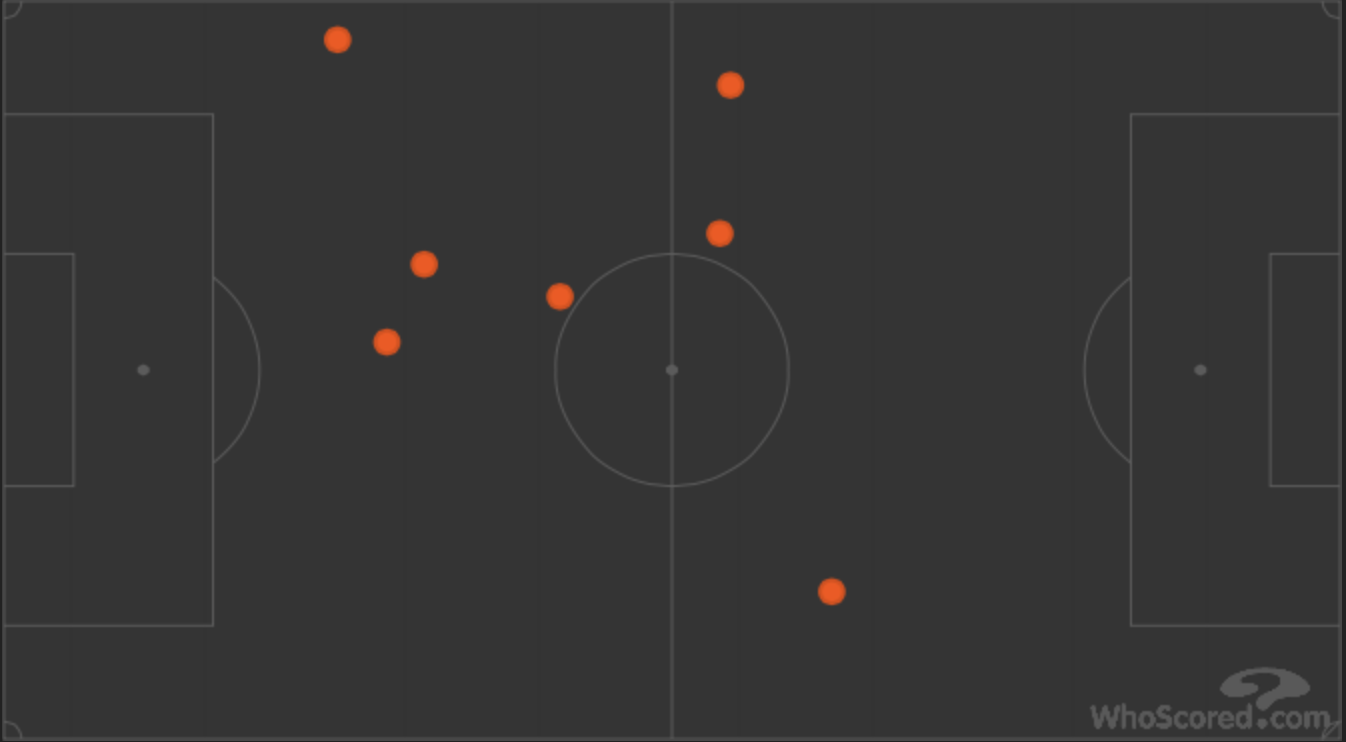
Alex Mowatt’s touch map:
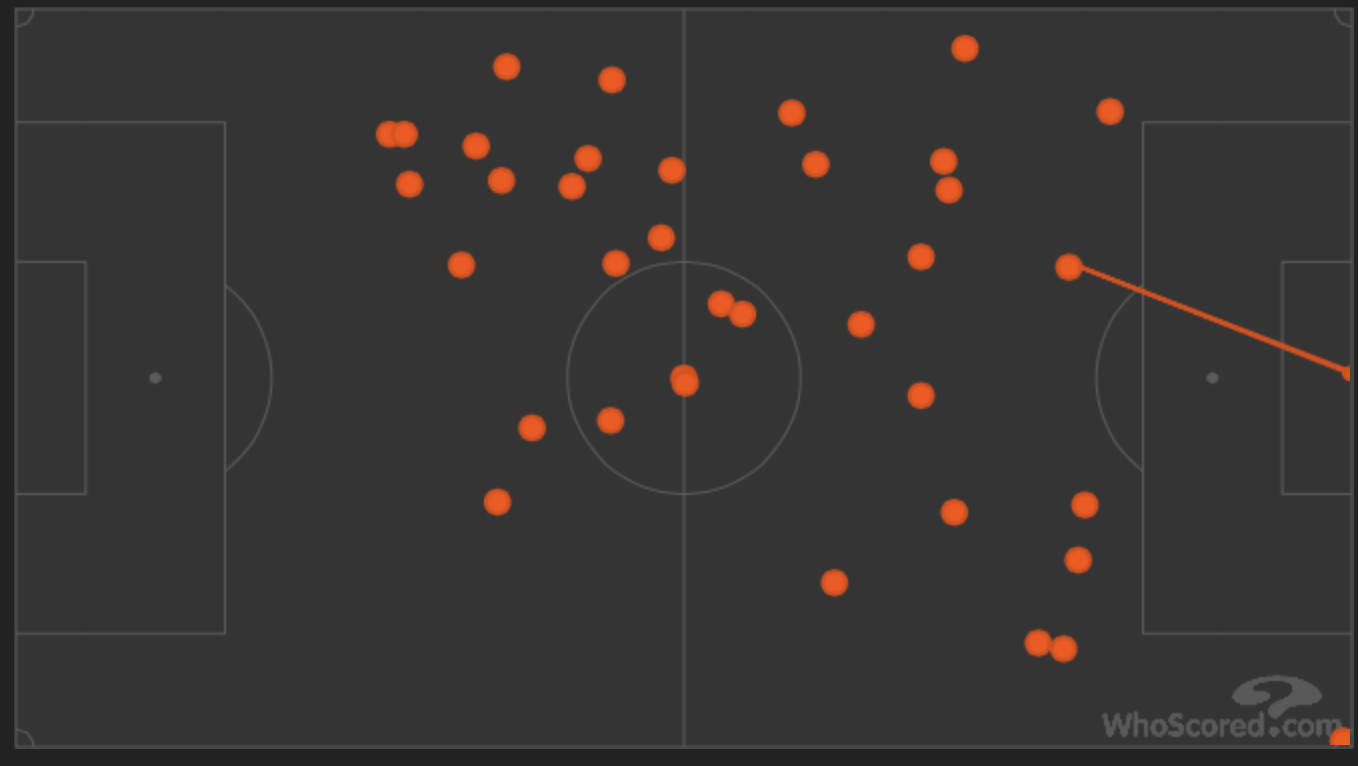
On Luke Murphy, he isn’t afforded the same time and space on the ball as when he plays deeper, meaning that he can’t utilise his range of passing, again hurting us going forward. So there isn’t really a satisfactory pairing to play in front of Adeyemi in the 433 formation.
This all changes when we consider the double pivot. The extra defensive midfielder frees the third player to play almost as a forward. This frees Alex Mowatt to do what he does best, create chances and score goals. Meanwhile, all of the other four central midfielders would be comfortable as part of the double pivot, these are the six possible configurations, from most to least defensive:
Adeyemi-Phillips (disruptor and defensive controller)
Adeyemi-Murphy (disruptor and deep-lying playmaker)
Adeyemi-Cook (disruptor and creative midfielder)
Murphy-Phillips (deep-lying playmaker and defensive controller)
Cook-Phillips (creative midfielder and defensive controller)
Cook-Murphy (creative midfielder and deep-lying playmaker)
Amongst all of them, there is a nice balance between defence and attack. The most defensive gives you the option to shut down the game or to go away to the better teams in the division, whilst Cook-Murphy means you sacrifice a little defensive stability for a lot of creativity. Both players are capable in defence and whilst neither would suit a single pivot role they can share the defensive work and succeed.
The 4231 solves a couple of other problems that the 433 just doesn’t. We have a very talented footballer in Mirco Antenucci, who has great technical skill and he’s rubbish in the air. He isn’t suited to playing as a lone striker and he’s not quick enough to be a winger. His ideal position, as with Alex Mowatt is at number 10 and his talent is being wasted. The lack of number 10 role in the team is also hurting Chris Wood, who has looked desperately isolated at times this season. With either Mowatt or Antenucci as a support player to link up the attack then Wood is able to hold up the ball better and bring team mates into the game.
All in all, Rosler didn’t have the time to flourish and he was certainly unlucky to be sacked. Who knows if the 4231 would have helped him to secure one or two results that would have bought him a few more weeks to mould his ideas onto the squad? I would suggest so.

